As it happens many times on this site, everyone asks how to do a drum brake to disc brake conversion on their drum all round mini. Now this conversion isn't for the faint hearted and if you don't understand what you are doing / can't follow the steps etc please DO NOT ATTEMPT THIS YOURSELF. Brakes are very important so don't put yourself, your family or anyone else on the road at risk because you are too proud to admit you can't do something or are too stingy to pay someone to do it properly.
***************************************************
In the beginning:
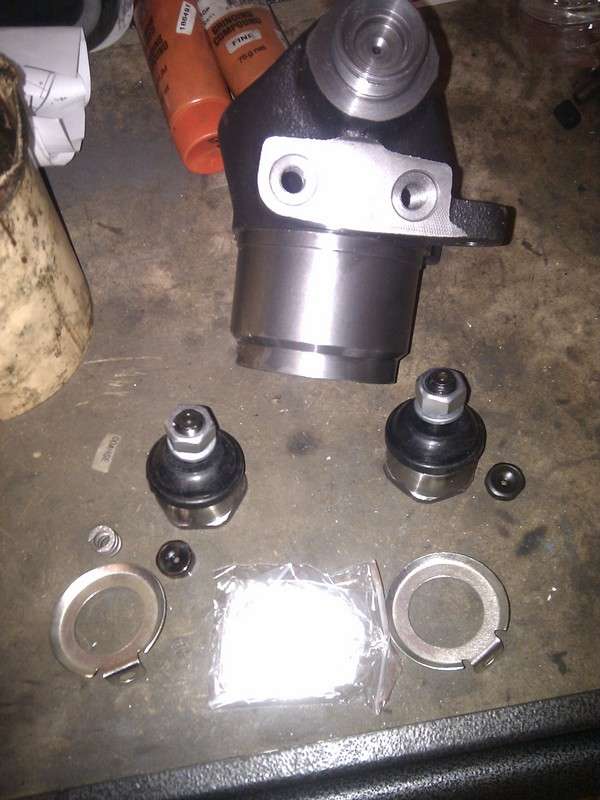
^ Grab your ball joints and your hub (ball joints should come in a pack, one top and one for the bottom).
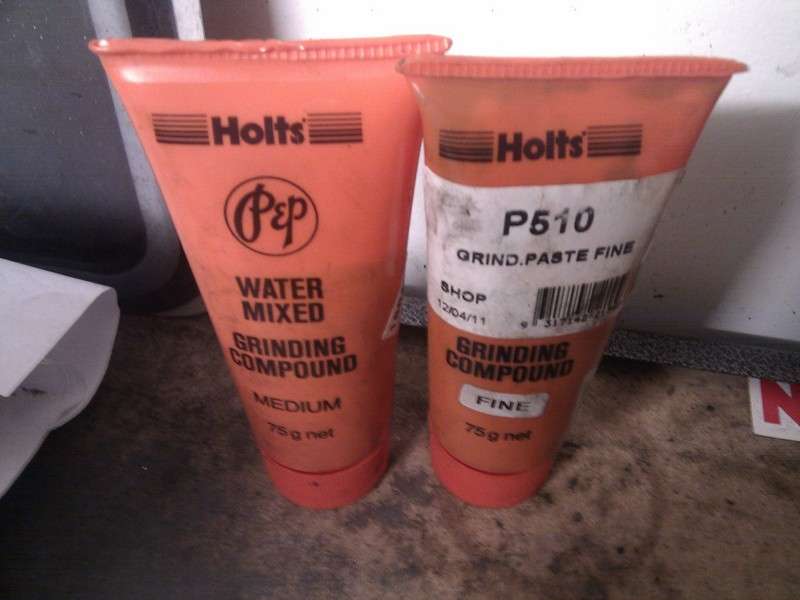
^I used some valve grinding paste to lap the ball joints in. You can feel the difference afterwards. Refer also to
http://www.youtube.com/watch?v=KyDE4oqbZnc.
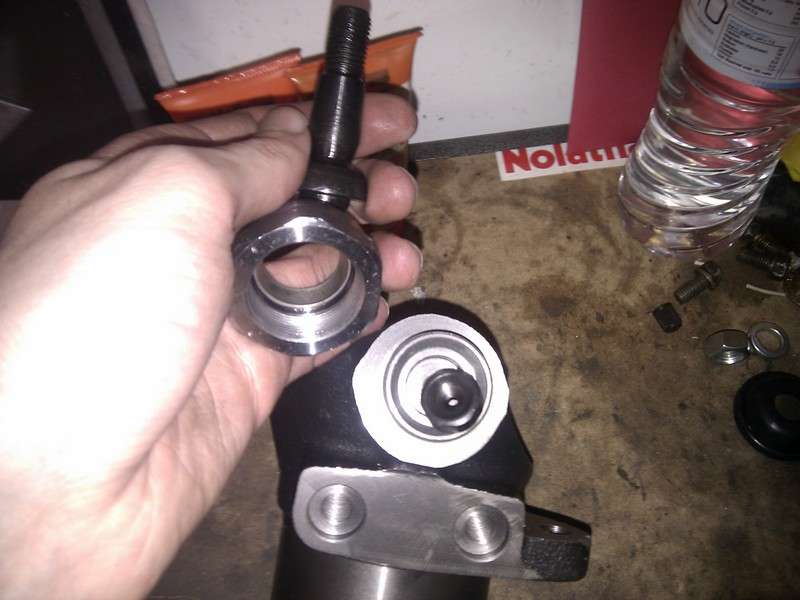
^This is essentially how the ball joint goes together. The seat that goes inside, followed by the locking tab (not pictured), then the taper then the locking nut.
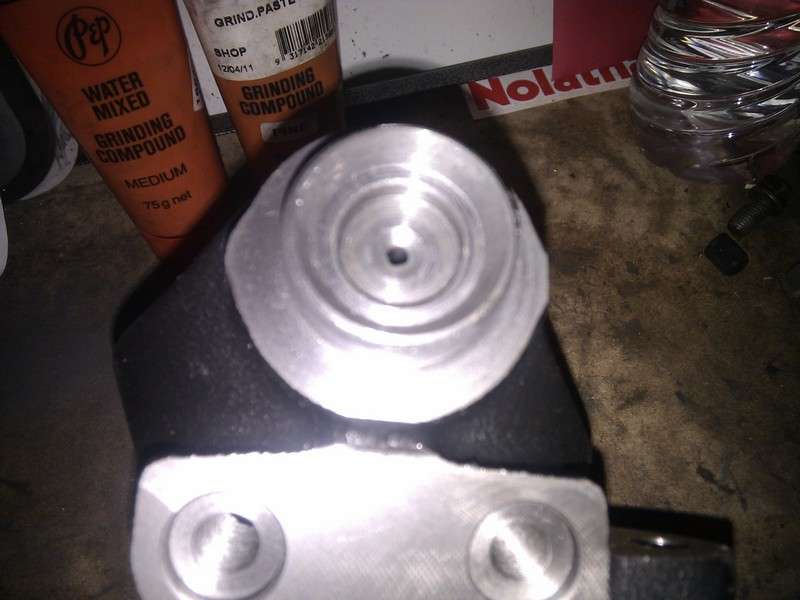
^This is the TOP ball joint spot (looks the same on both hubs).
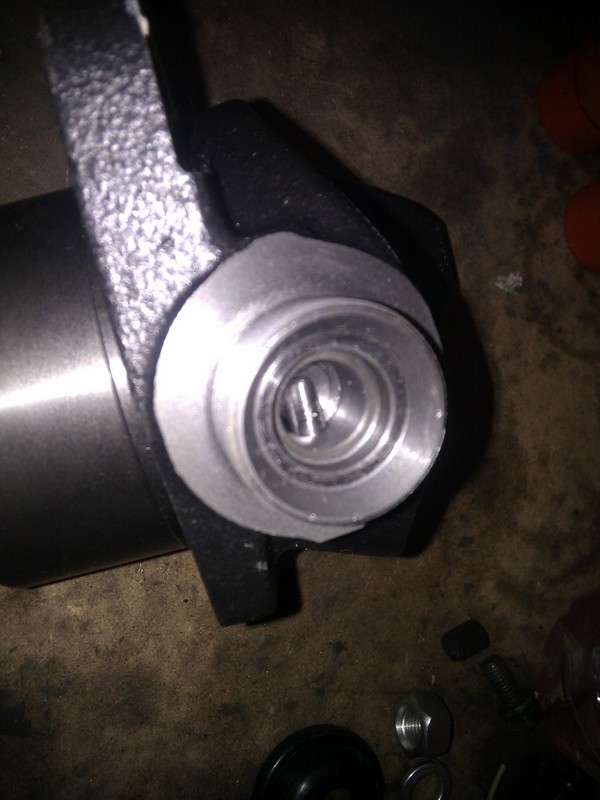
^This is the bottom ball joint. Note the deeper hole for the anti rattle spring.
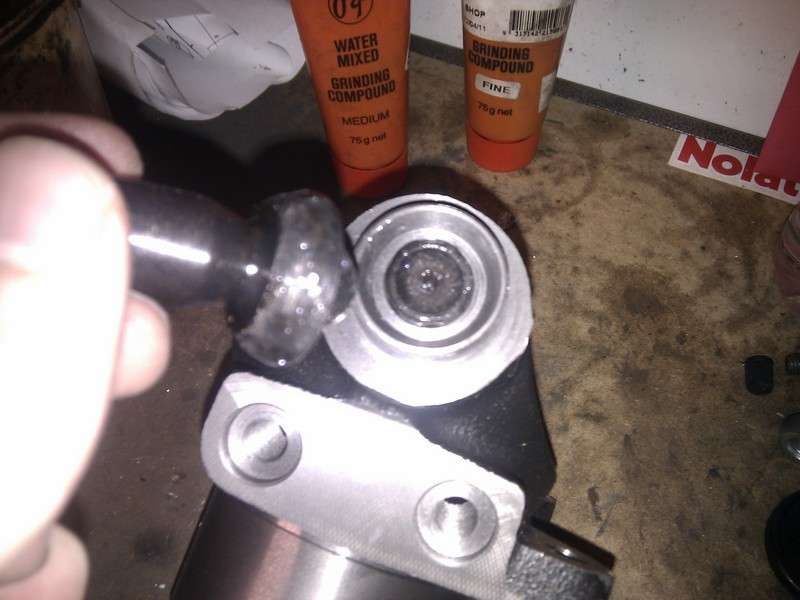
^Assemble it all up and put some grinding paste on the mating surfaces. (Note this, and the next few steps don't have to be done).

^Showing grinding paste on the locking nut.

^Hook the drill up and spin it slowly while adjusting the locking nut with your other hand.

^After you are done make sure you clean it really well as you don't want ANY grinding paste left in your ball joint when you are driving along.

^I used two grades of grinding paste and this is eventually what I ended up with - note how it has gone slightly slivery rather than having the rough machined finish.
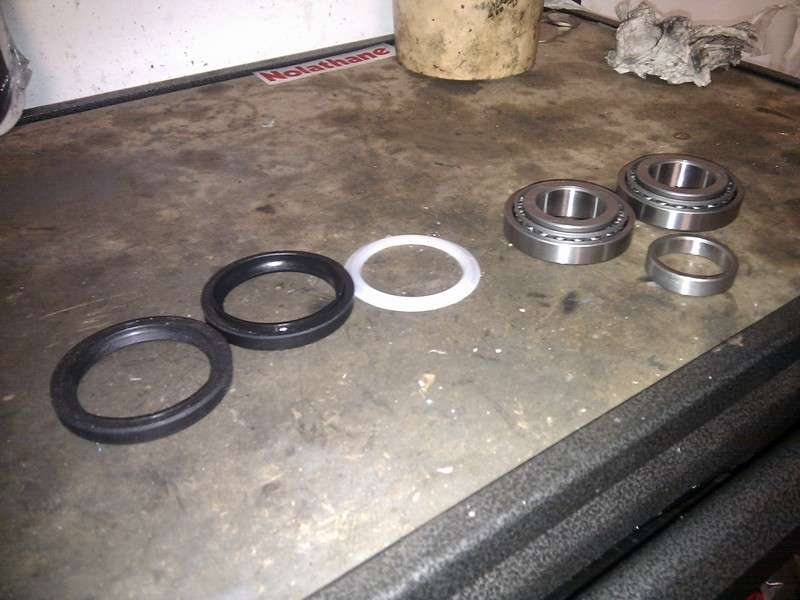
^These are the wheel bearings and seals for the hubs. I will be fitting the outer races of the inner and outer wheel bearings into the hubs next.
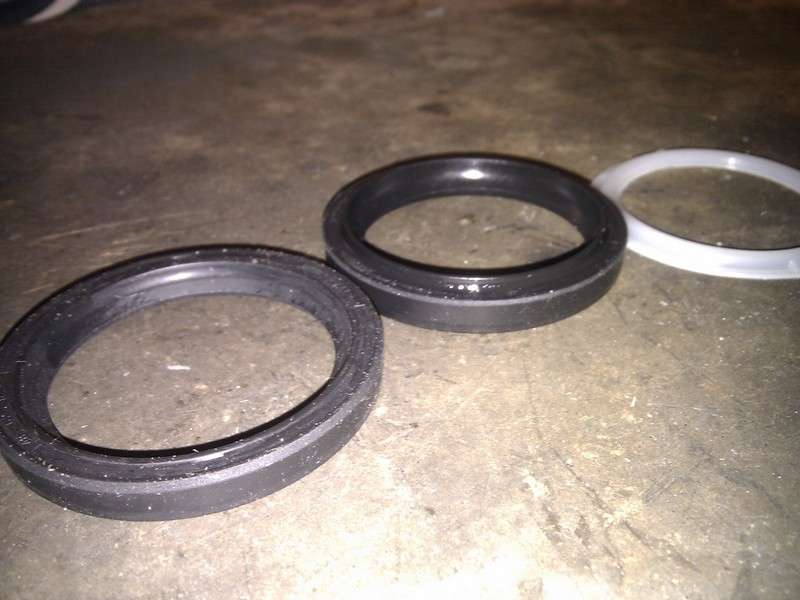
^There is a front seal and a back seal. The back seal has a little lip running around the edge of it for the white plastic deflector thing to keep the grit out. I cleaned these really well before I installed them. They had a fair amount of dust / dirt on them at this stage for some reason.
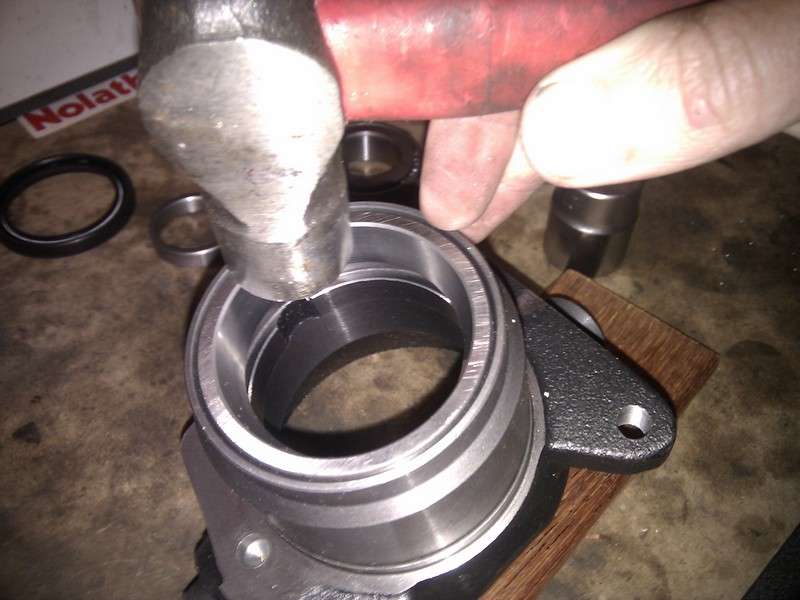
^I start inserting the race by lightly tapping it into place evenly in a circle. Refer also this video:
http://www.youtube.com/watch?v=2qukEDS0uZY
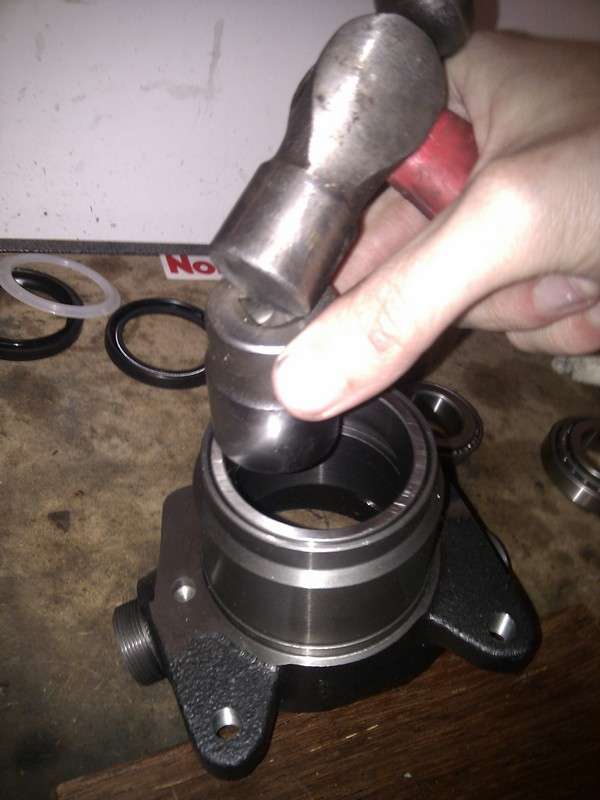
^Eventually I move onto a socket after the outer race is flush and move around in a circle or side to side etc to drive it home.
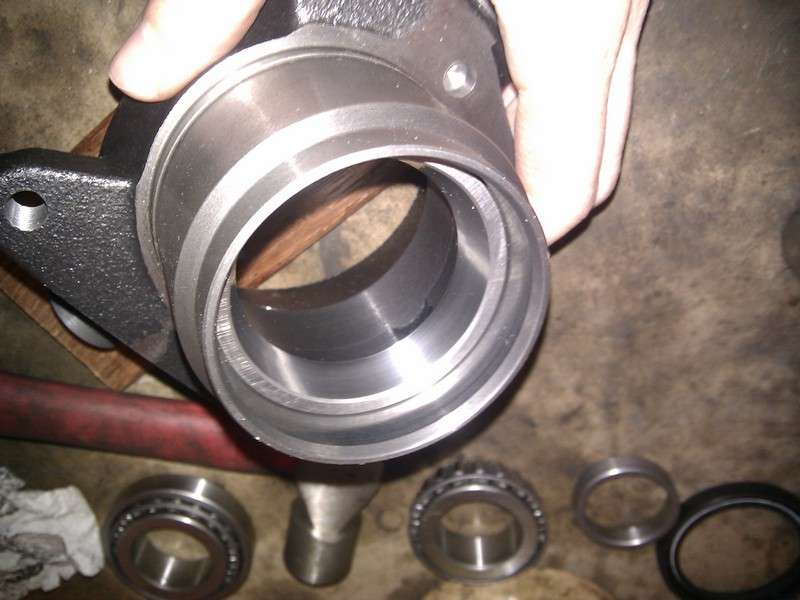
^Here the bearing is all the way home. Note that you don't have to flog f**k out of it to get it home, just gently does it. Make sure you install the bearing races the right way around.
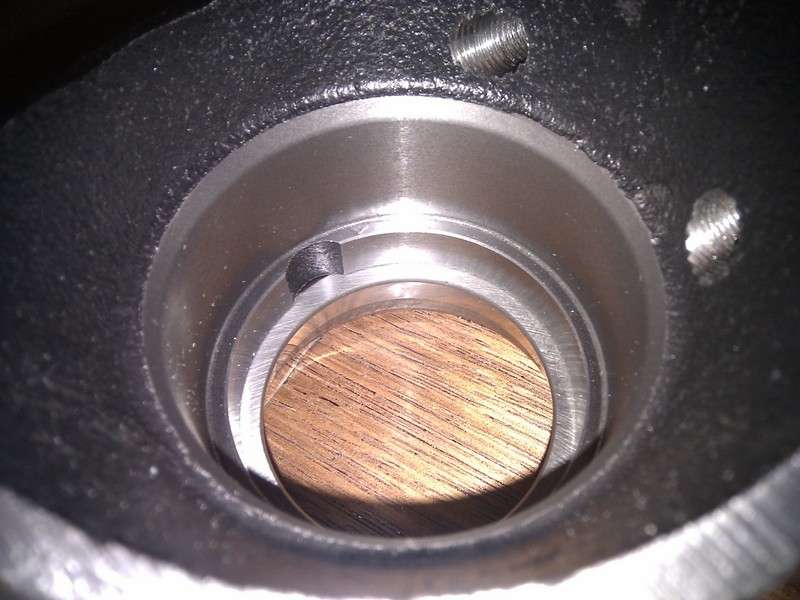
^View from the back so you can see that it is home.
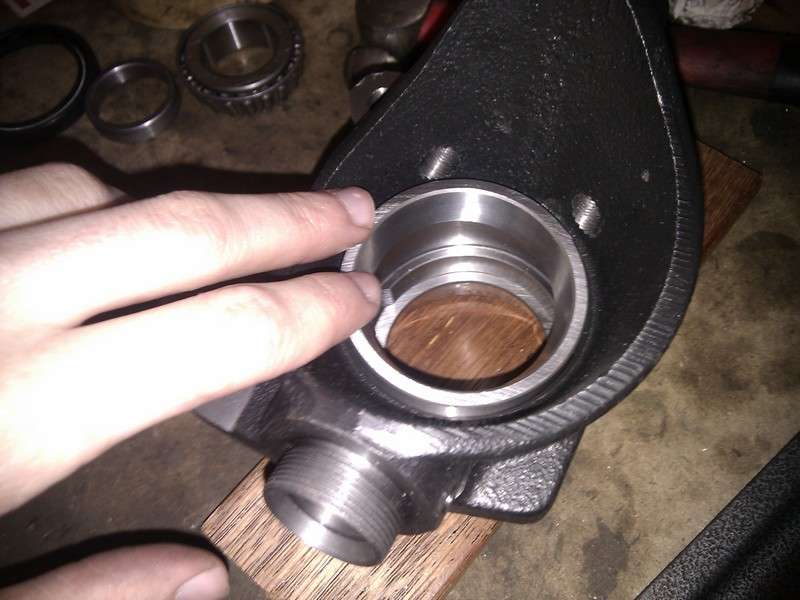
^Then move on to fitting the back one (it doesn't really matter which way around you do these).
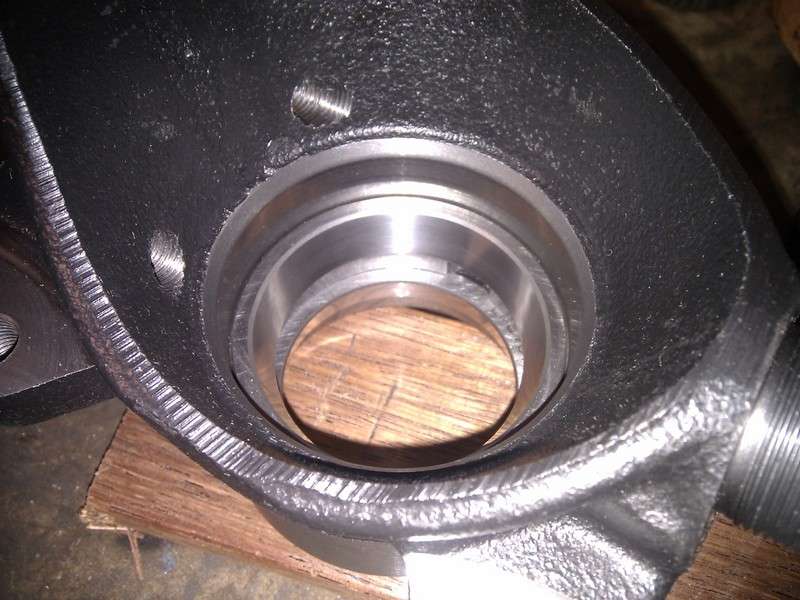
^Driven all the way home.
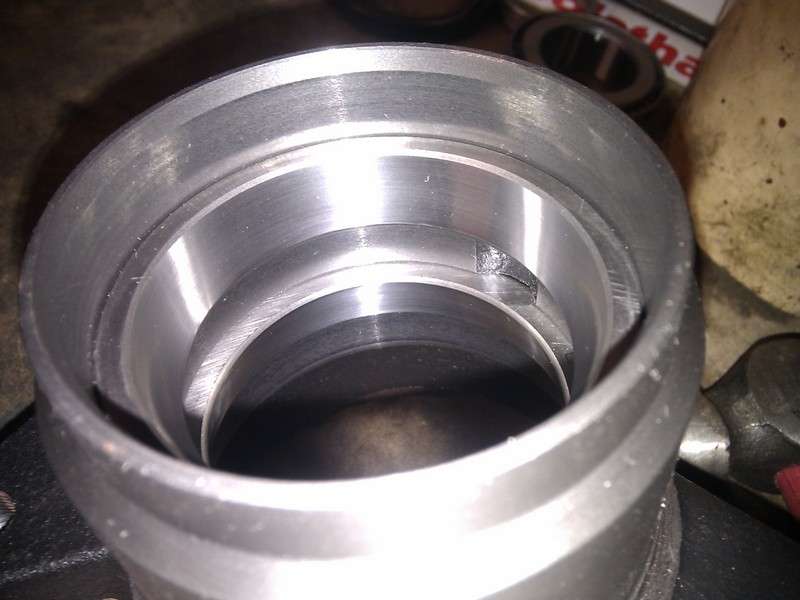
^From the other side.

^Next I grabbed my new disc and drive flanges....
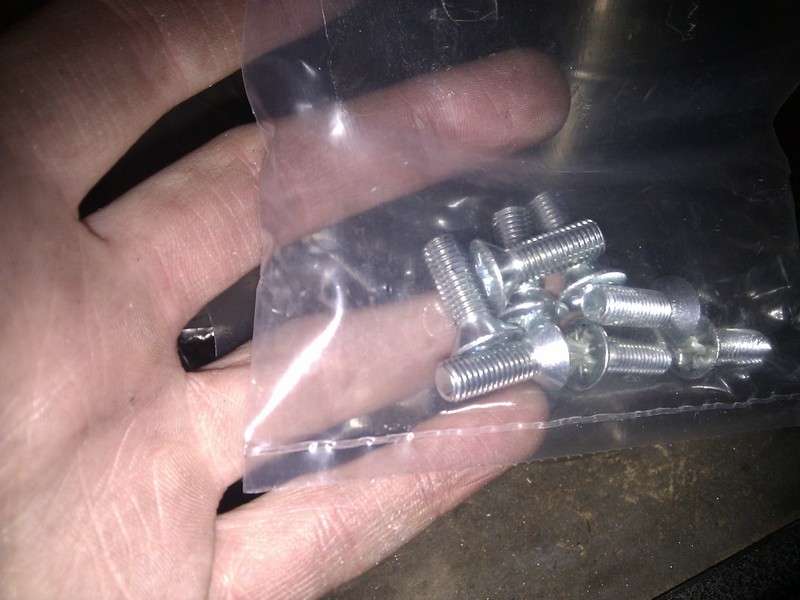
^.....and the screws to hold the two together. I put some anti seize on these screws so they don't rust themselves together after many years.
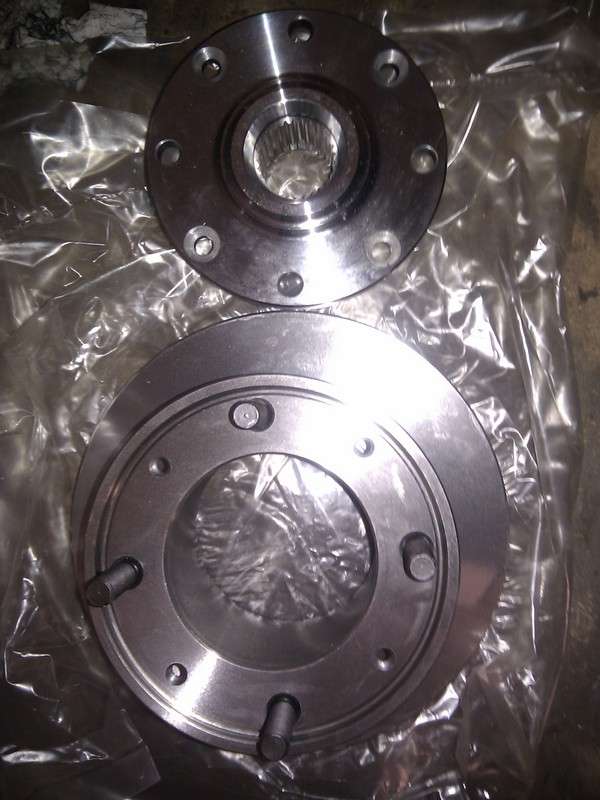
^I have lined the drive flange up with the studs. Note that the position where the screws go are counter sunk into the flange.

^Here it is going on. It is a very tight fit and will need to be wiggled back and forward to get it to sit flush. I also added a very thin smear of grease between the two so they don't rust together in the very long term.
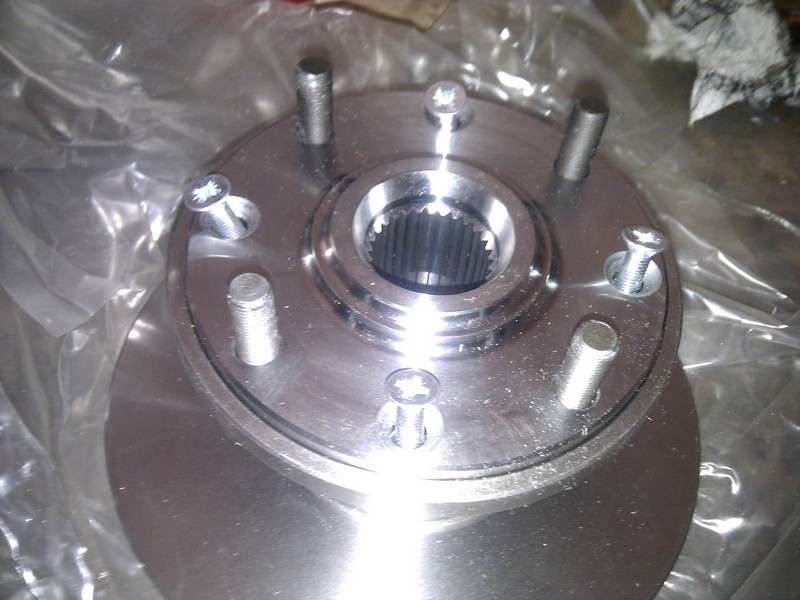
^Screws go in the now spare (counter sunk) holes.
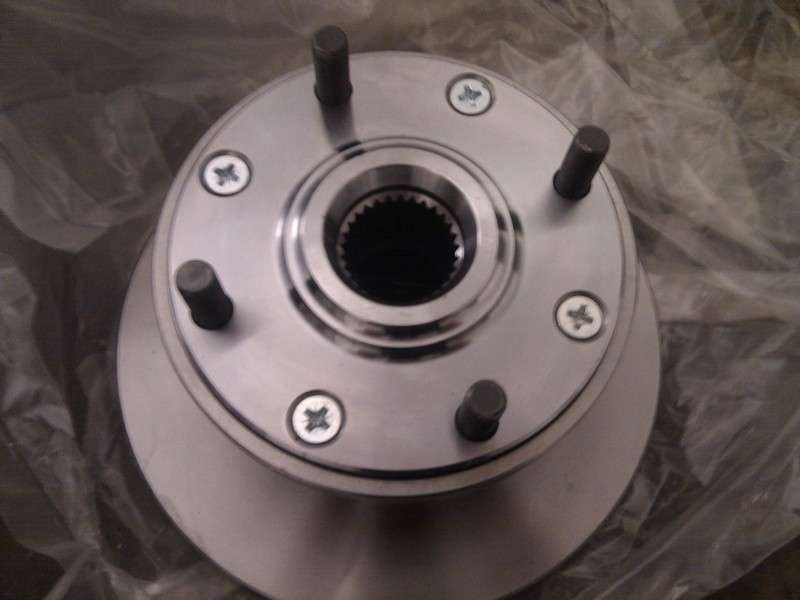
^Ta da! All done and looking sexy. Important note that Matt Read reminded me about - sometimes the screws that hold the flange to the disc are TOO LONG and require cutting down to avoid fouling on the caliper. In MY PARTICULAR CASE they didn't protrude through as far as the backs of the wheel studs so I was ok clearance wise. Be sure to check yours during assembly.
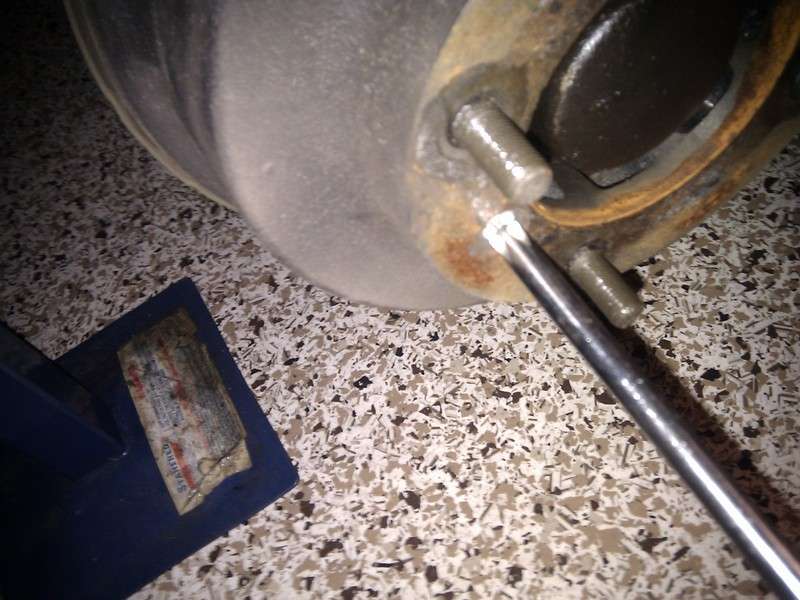
^I then moved onto the rear brakes as I ordered 5/8ths rear wheel cylinders. If you keep the standard 3/4" rear cylinders you will have many moments of 'headlights, taillights, headlights, taillights etc'. Take out the retaining screws holding the drum on and remove the drum.
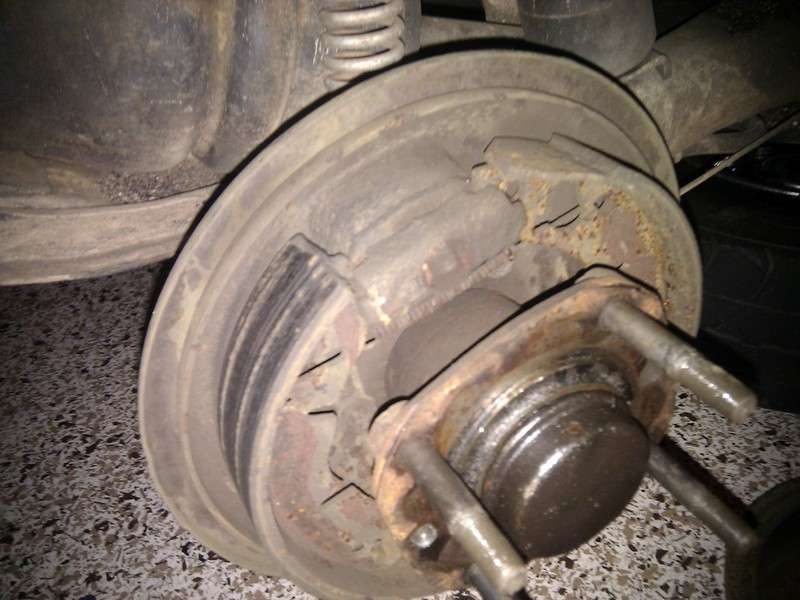
^Pry the shoes apart and remove the return springs and the shoes from the back plate.
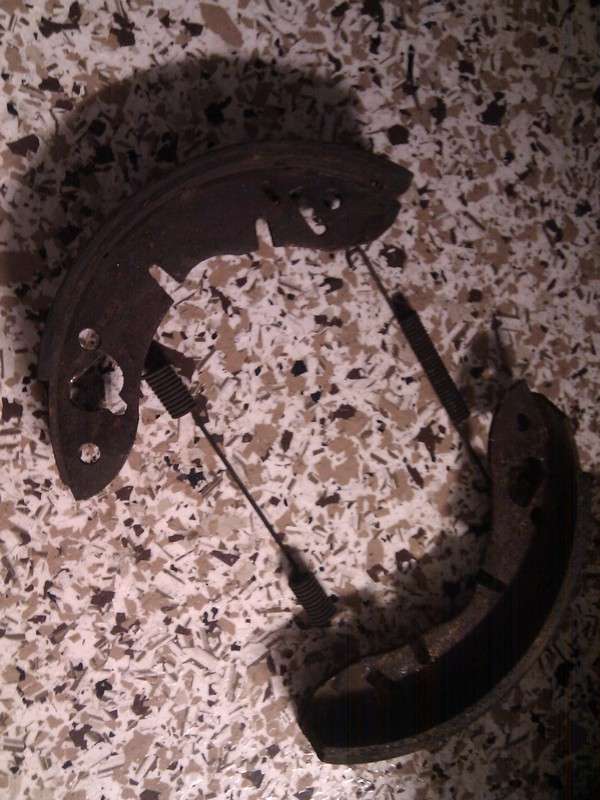
^Shoes off area
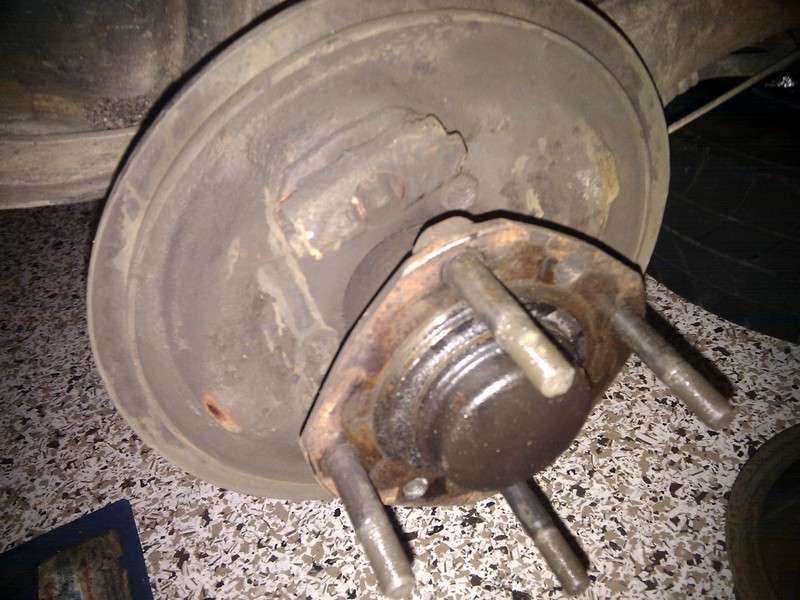
^This is what you should be left with.
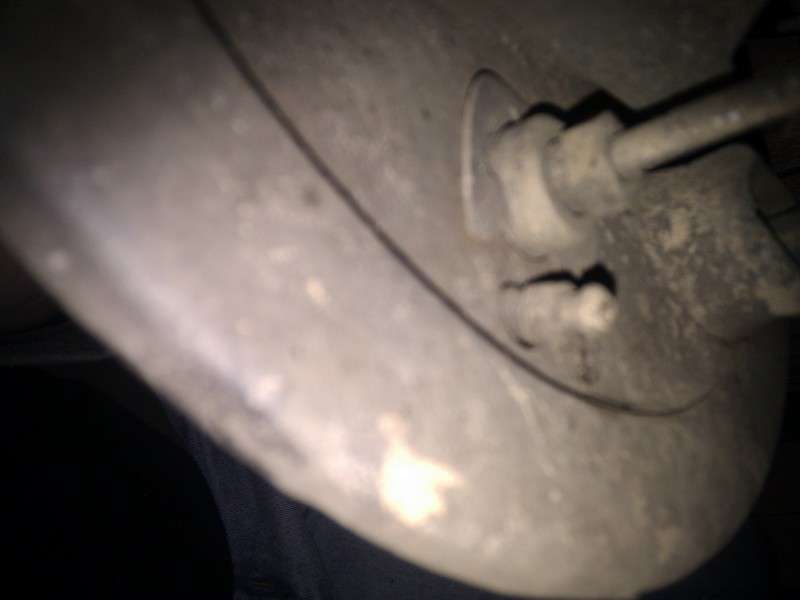
^This is the back of the backing plate. You will have to undo the concave clip holding the rear wheel cylinder on to the back plate and undo both the bleed screw and the brake line to be able to remove the slave cylinder from the backing plate. Insert a screw driver under the clip and lever it away.
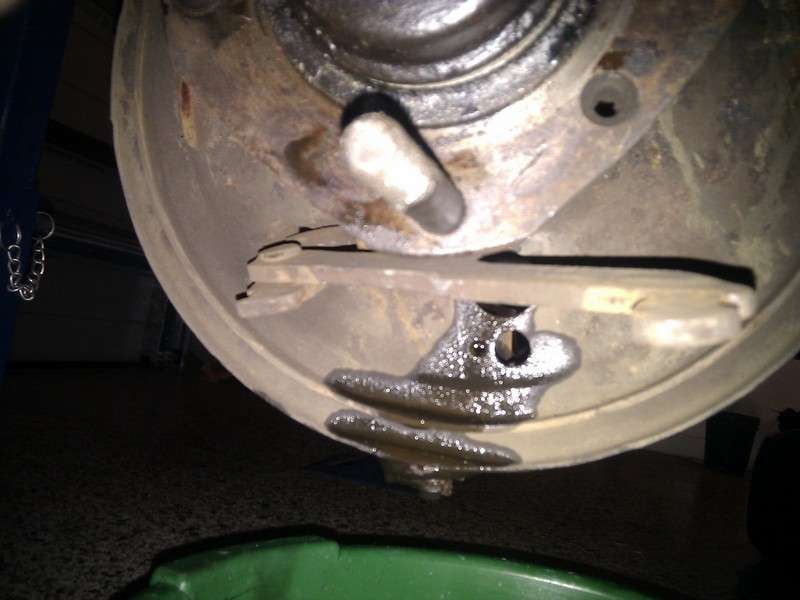
^Wheel cylinder removed - you then may need to drill another hole in the backplate for the locating dowel in the different wheel cylinder. It is on the opposite side of the bleed nipple hole.
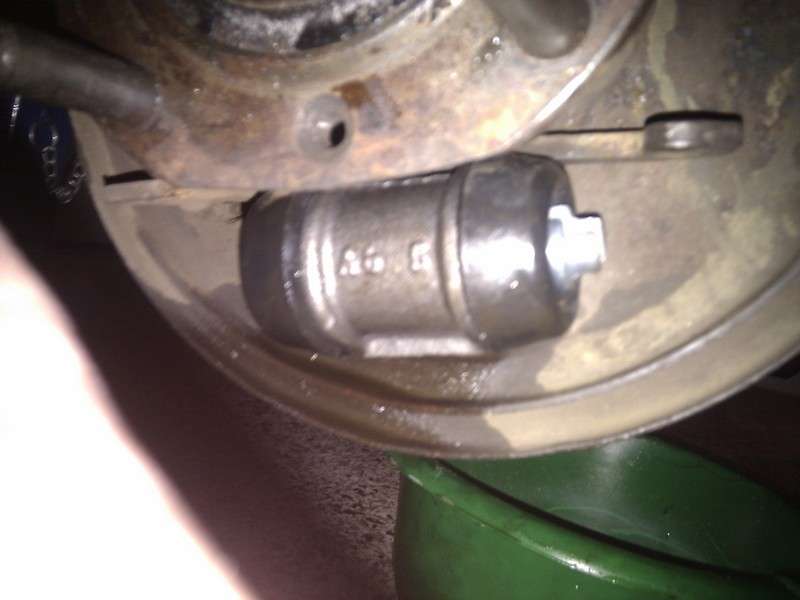
^Fit your new gasket and wheel cylinder, connect up the brake line, install the bleed nipple and put the new concave clip on to hold the wheel cylinder onto the back plate.
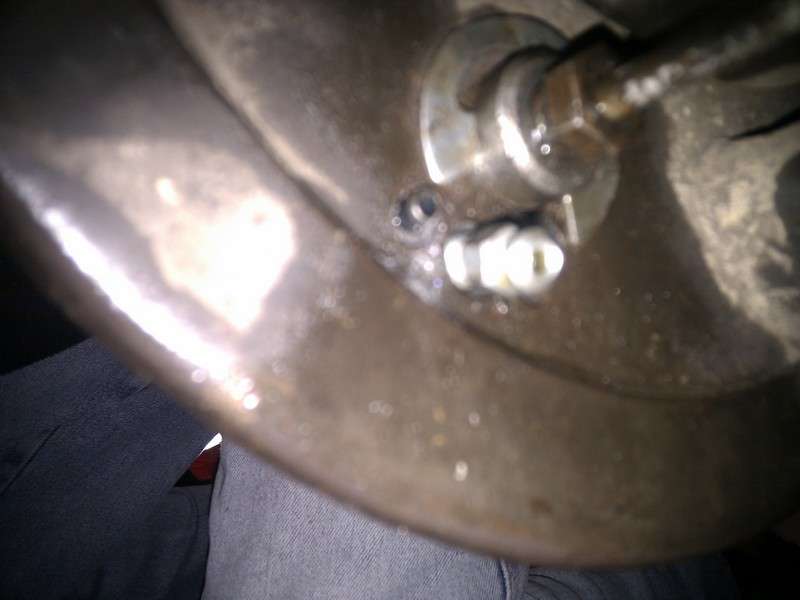
^Note the clip should go CONCAVE toward the back plate.
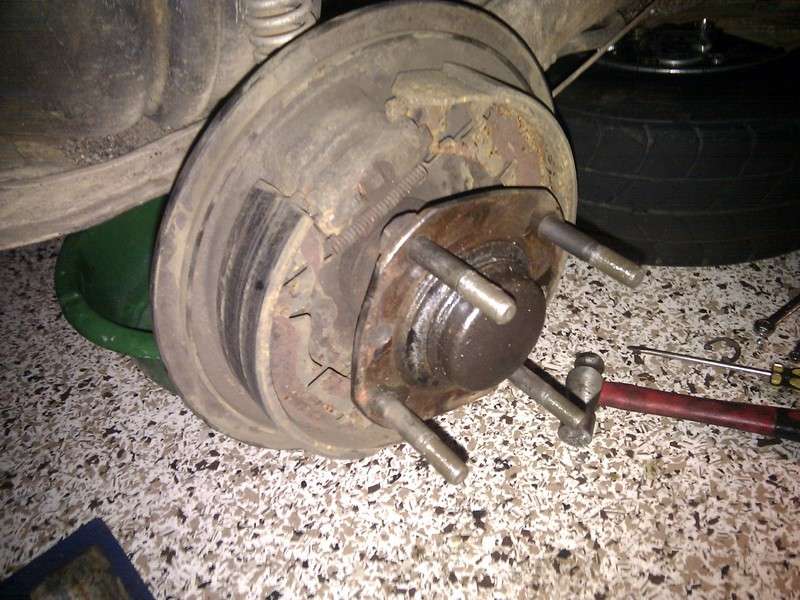
^Install the brake shoes....
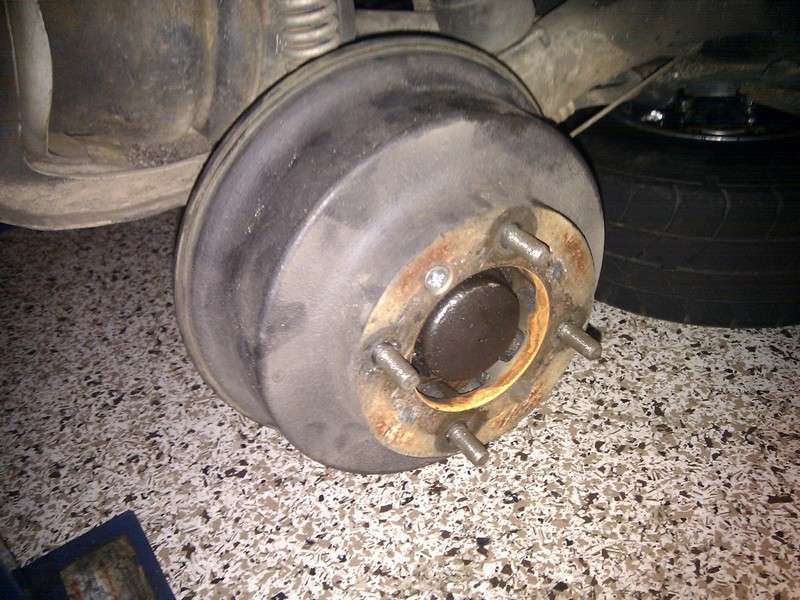
^Reinstall the drum and retaining screw and the back is done (put the wheel back on too).

^I moved back to the front and broke the steering arm ball joint. Note it is very important at this point to forget to undo the CV nut.
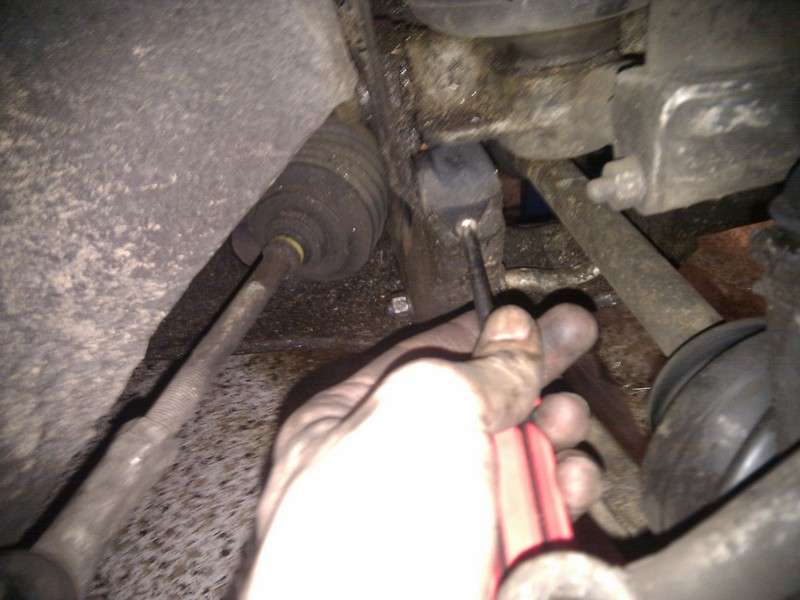
^Put the jack underneath the bottom ball joint and jack the suspension arm up. Remove the bump stop from under the suspension arm with a phillips head screw driver and replace it with a nut or something solid that will stop the suspension arm from drooping. I have a few old (drum brake) CV nuts lying around and have found they are a perfect fit for this location.
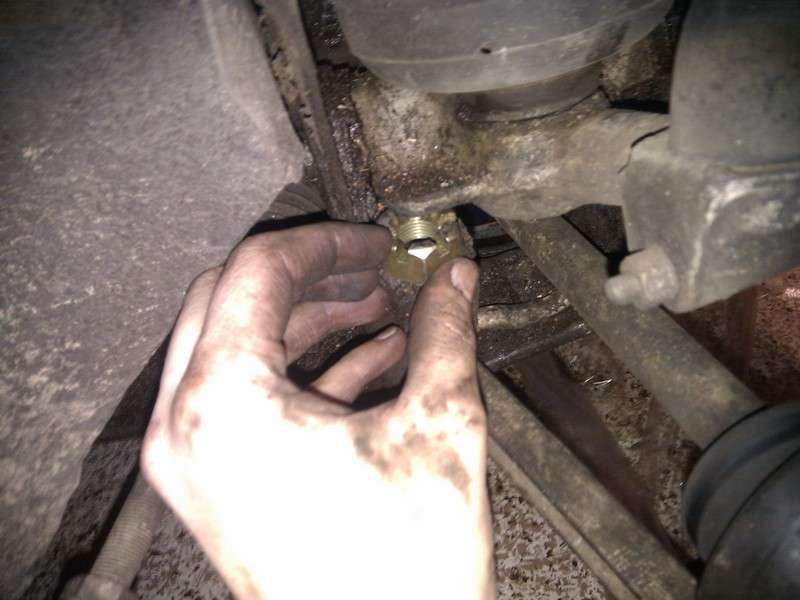
^Drum CV nut going in instead of the rebound rubber.
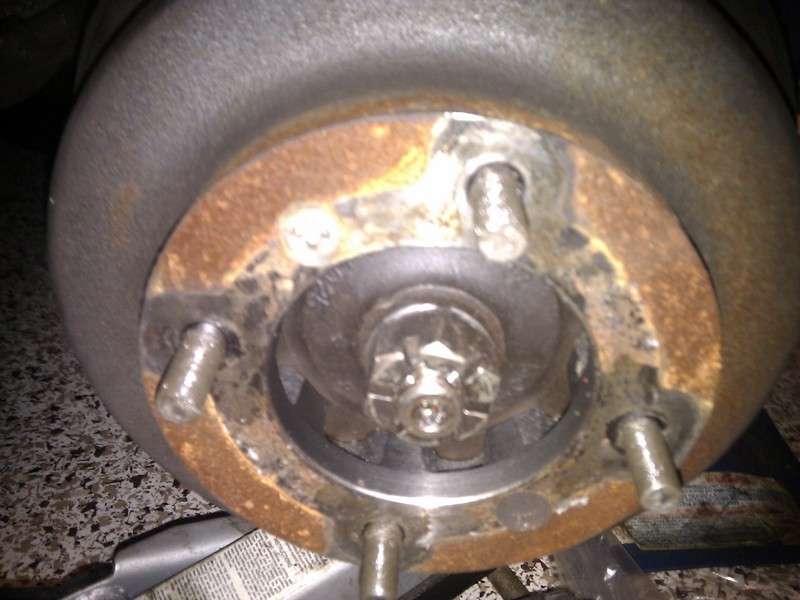
^Now remember that you haven't undone the CV nut and remove the split pin from the CV.
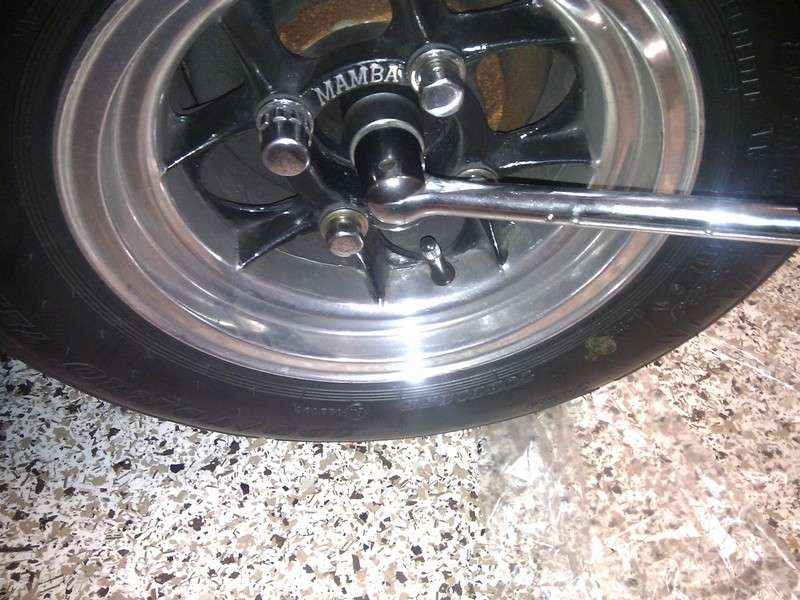
^Put the wheel back on so that you can actually undo the nut so you can remove everything.
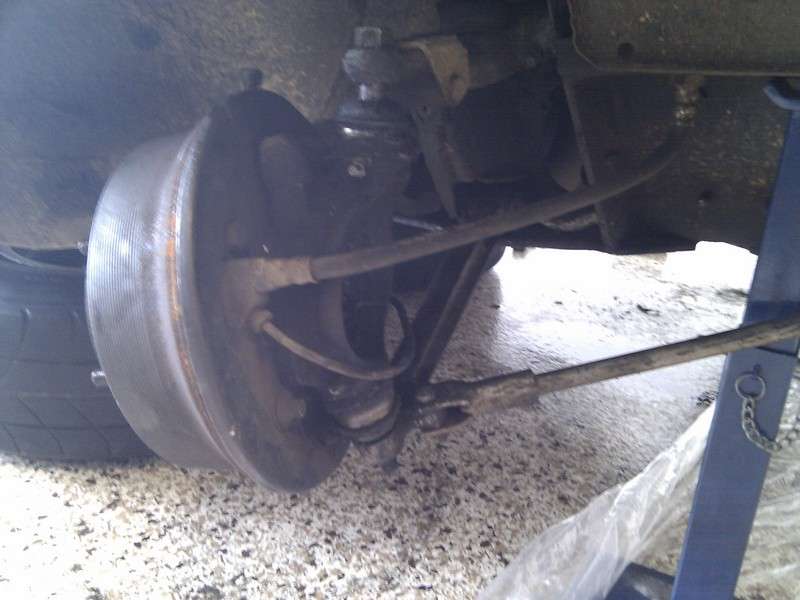
^Break the top and bottom ball joints (keeping in mind I've already split the steering arm ball joint at this stage) so that you can pull the whole assembly away and slide the CV out from the spline of the drive flange.
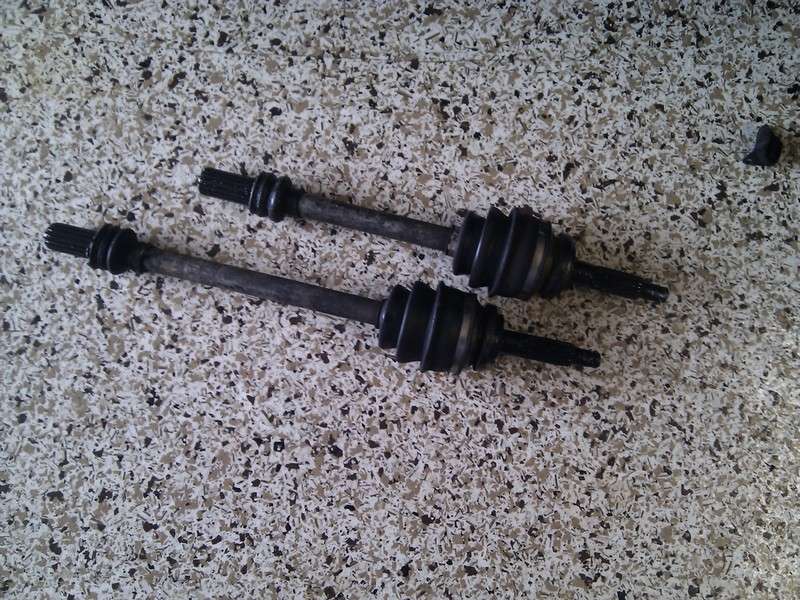
^After pulling the whole assembly away (due to breaking the upper and lower ball joints) I slid the CV and driveshafts out of both sides. This step will depend on what kind of inboard uni's you have - I have crappy rubber cross uni's and was able to just slide them apart. You may have to undo do some bolts / slide pot joins apart etc. My drum CV's are only about 15,000 miles old so the boots and everything were still in really good condition. Yours may not look so good.
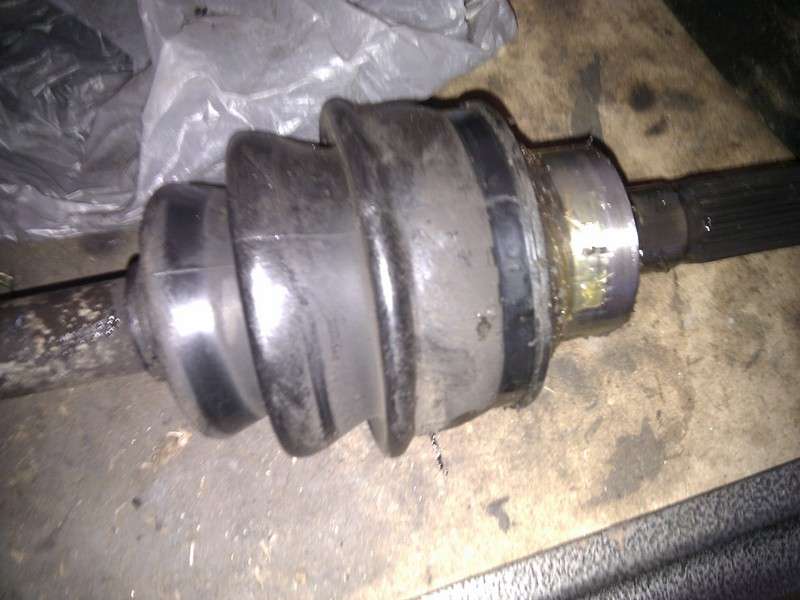
^Remove the clips from the CV boot so you can pull the boot back to expose the inside of the CV where the driveshaft clips into.
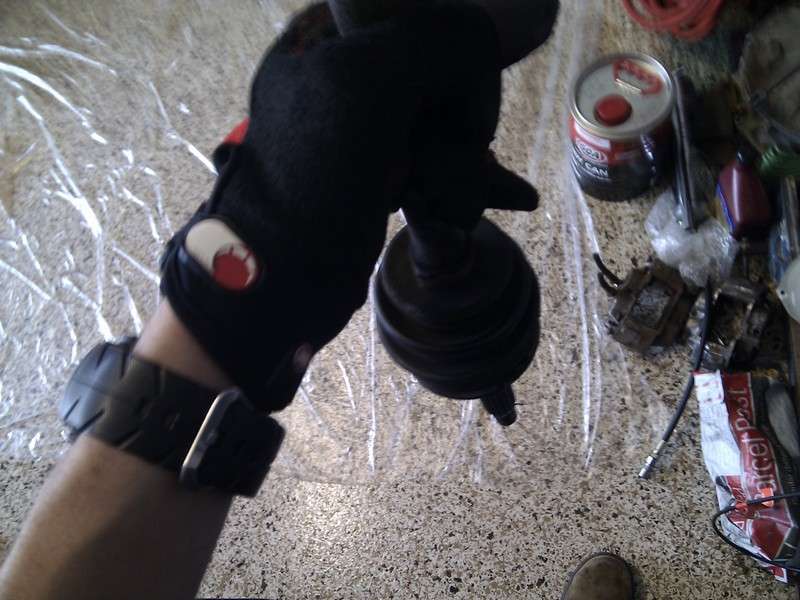
^You will have to hold the CV as shown and pull the boot back and whack the CV with a hammer.
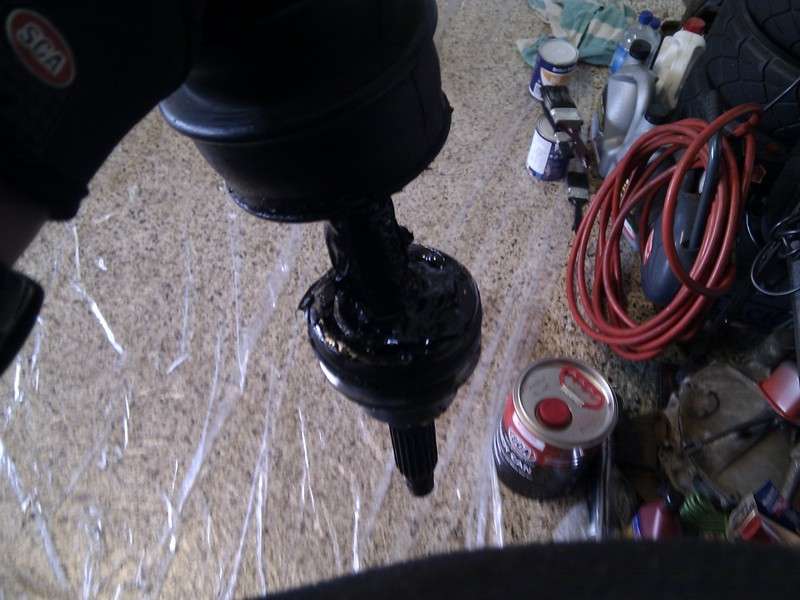
^Boot pulled back - clean the excess grease away before you hit it though otherwise it will be a really messy job.
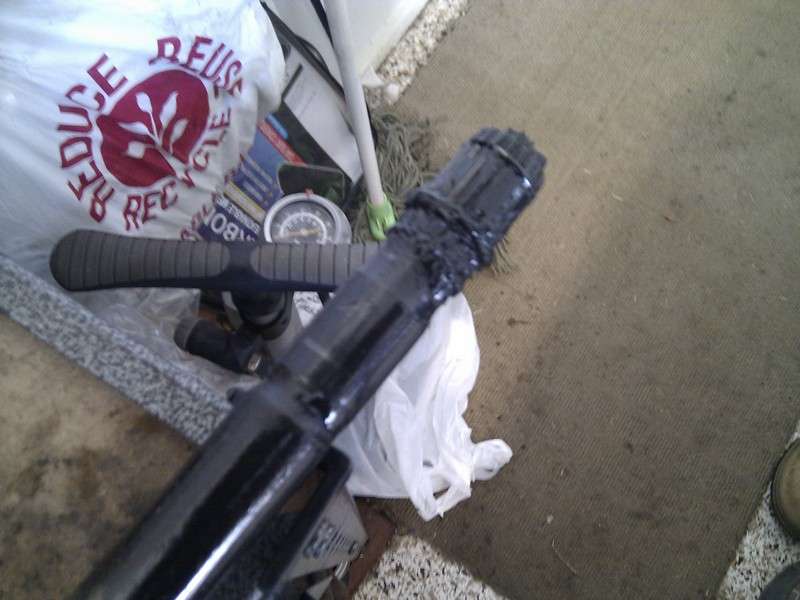
^Grab a large, heavy hammer and give it a good whack while holding over the grass outside (will hit the ground with a lot of force). You want to hit the inner portion where the driveshaft enters the CV. It helps if the CV has a bit of a twist on it to get a better angle to hit it with a hammer. You will end up with something that looks like the picture.
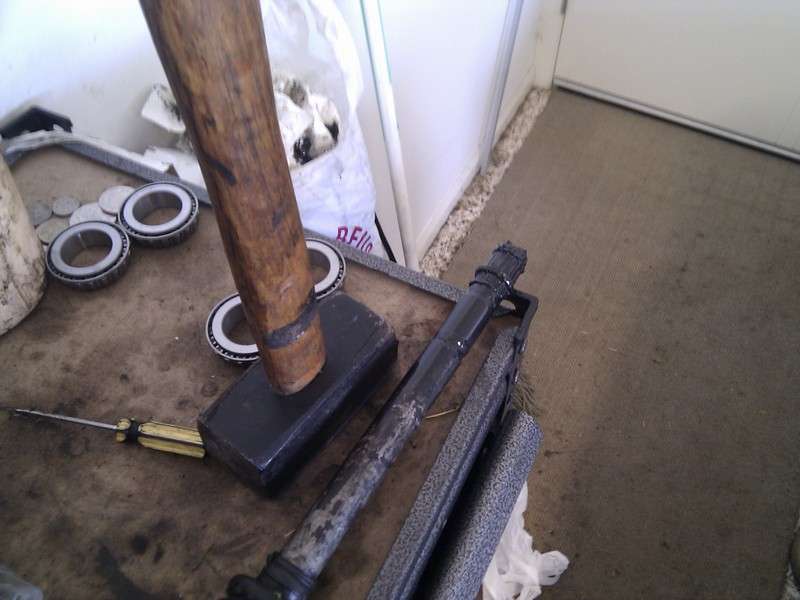
^This is the hammer that I used. It is heavy and short. I bought it for hammering star pickets into the ground. The first CV came off in one hit and the other took two hits. There is a knack to it so don't become disheartened if it takes you a bit longer. I have done these before. Don't even bother using a light hammer.
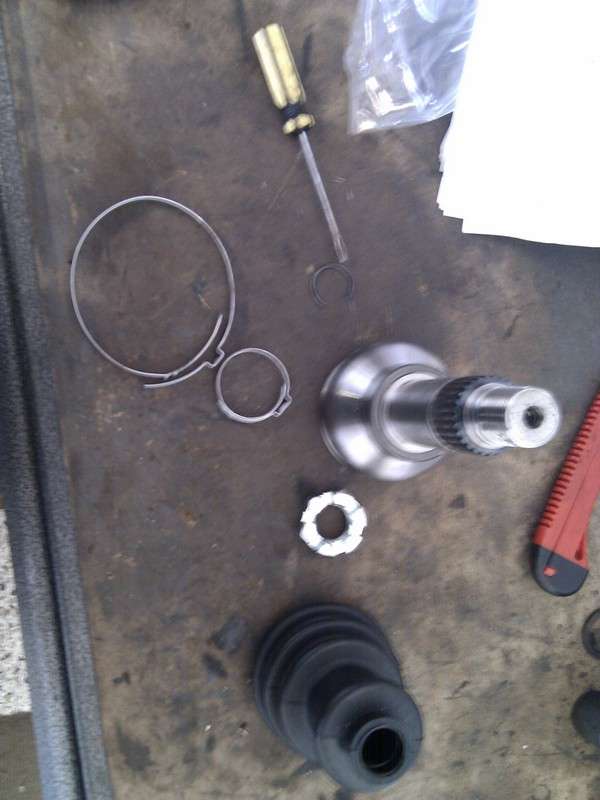
^New disc brake CV. I never trust anything that comes pre-greased. Once I assembled this one back onto the shaft I actually added more grease.
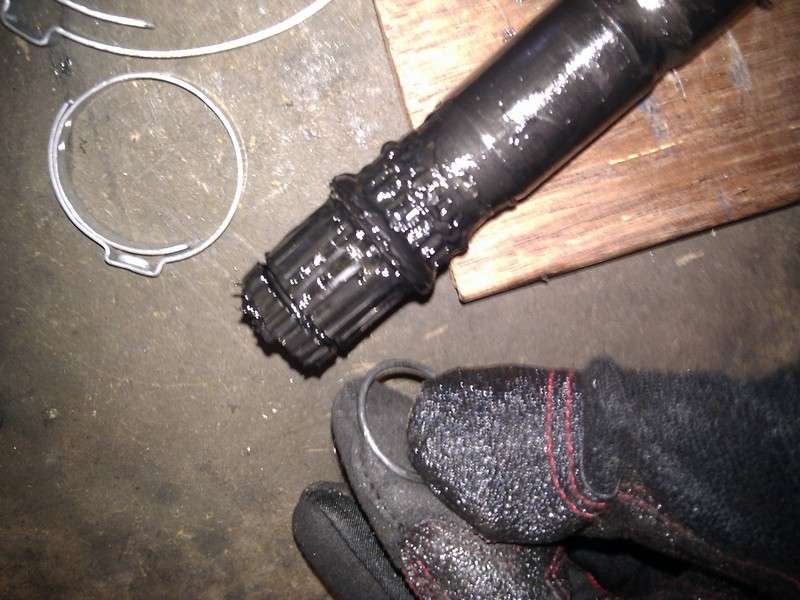
^Don't forget to replace the little circlip on the end of the driveshaft. This is the little clip that you had to fight against to get the CV off with the hammer. It also stops the CV falling off.
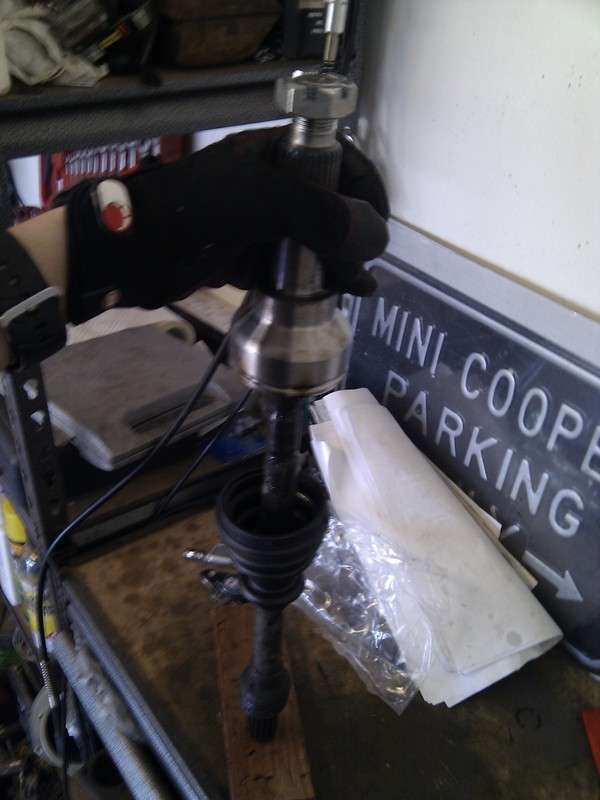
^Assemble the CV all up and use a block of wood to rest the CV on (with the nut wound on until flush with the end of the thread) and give the end of the driveshaft a few light taps to drive the shaft into the end of the CV. Ensure the that circlip goes evenly into the CV and does not distort / jump out of place. The CV has a chamfer on it to help guide the clip into the CV.

^Assembled CV.
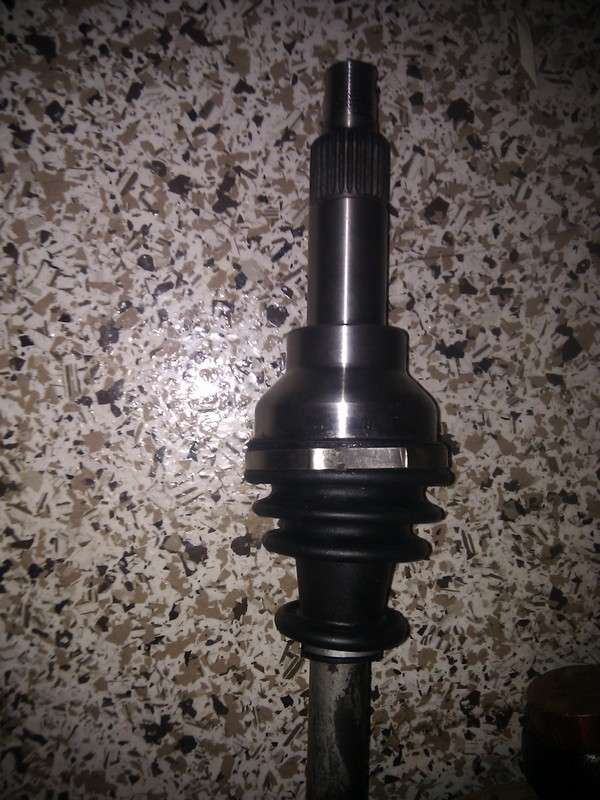
^Don't forget to put the clips on to seal the boot against dust / grime / twigs etc from getting into the grease.
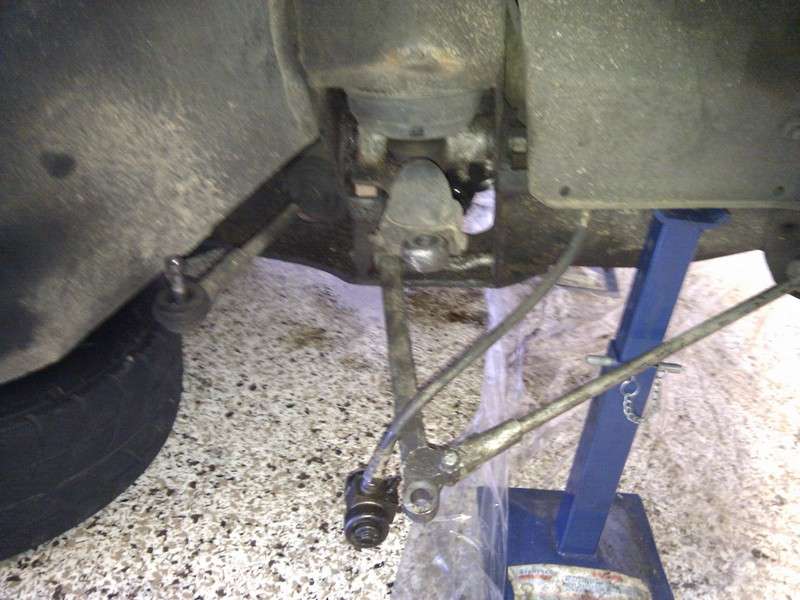
^Totally remove the drum brake hub at this point and unscrew it from the brake hose. I used the old rear wheel cylinders to stop all of the brake fluid draining out and onto the floor. If you want to change the bottom arms for adjustable ones or replace any bushes, now is the time to do it.
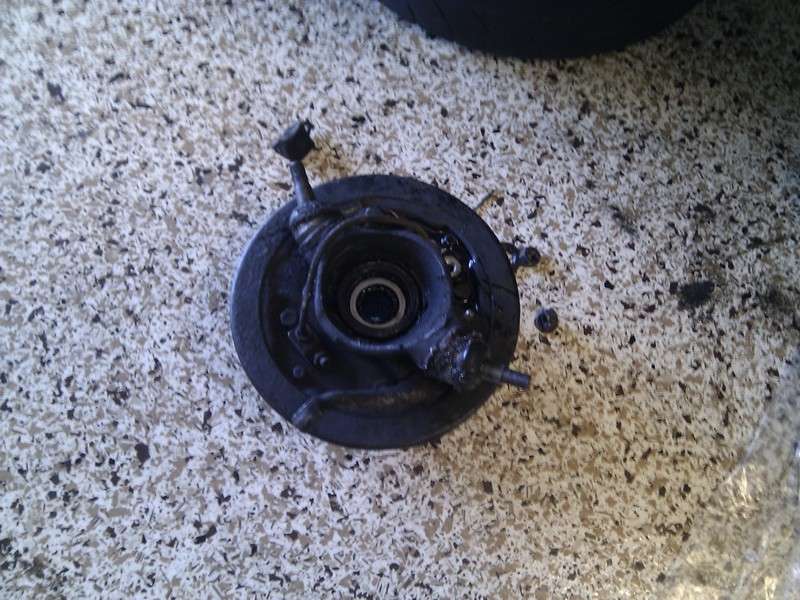
^Old drum assembly removed.
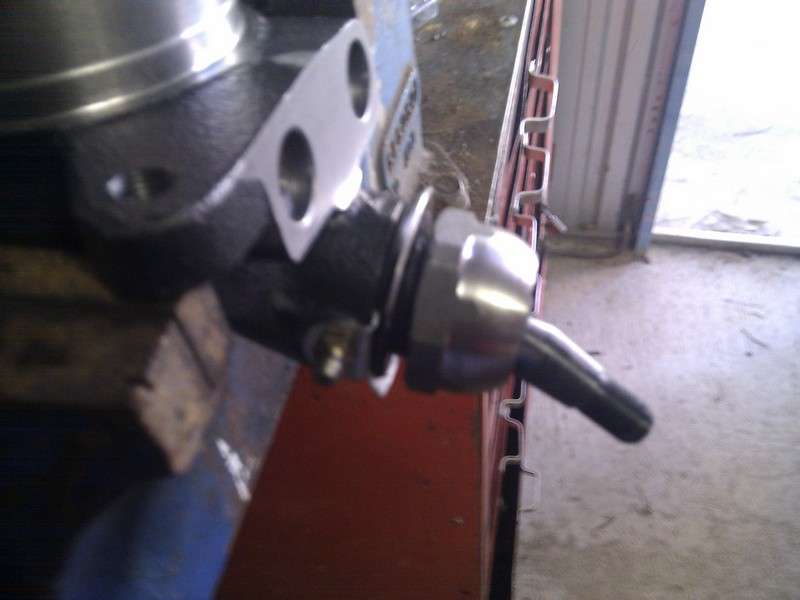
^I did the ball joints at this point. They have to be torqued up to 72 or 75 lb/ft (check your manual) using a 1-1/2" DEEP socket. You are looking for the point where the movement is tight but smooth, not notchy, when done up to the right torque. Assemble the joint up as I showed before but make sure you install the locking washer and some shims. You will need to assemble and disassemble the joint many times to get it to the correct tightness. Note: you do not install the anti rattle spring in the bottom ball joint while doing this. Assemble the bottom joint with out the spring and adjust as per the top ball joint. Once it is right, you then install the spring, lube it all up and reassemble the whole lot. Make sure you watch the link I posted above.
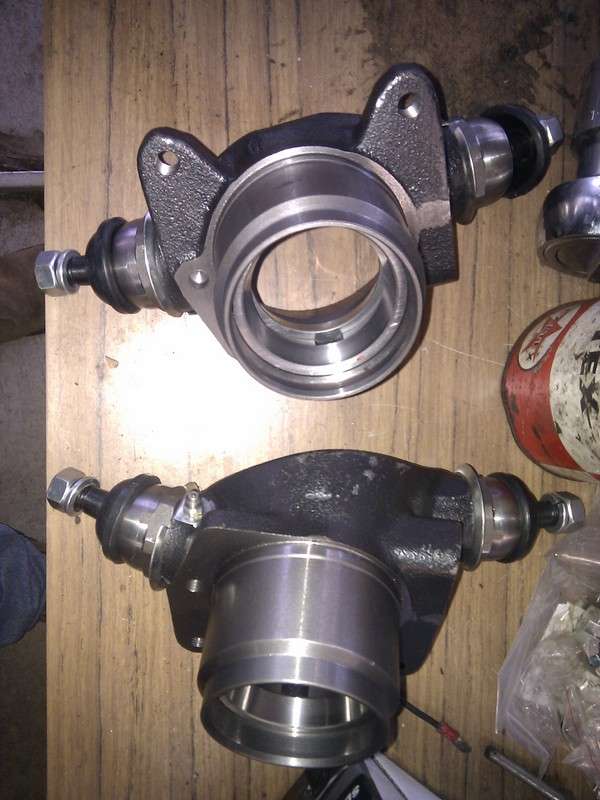
^After the ball joints, you will have two completely assembled hubs. Please note that I had not yet bent the lock tabs over in this photo.
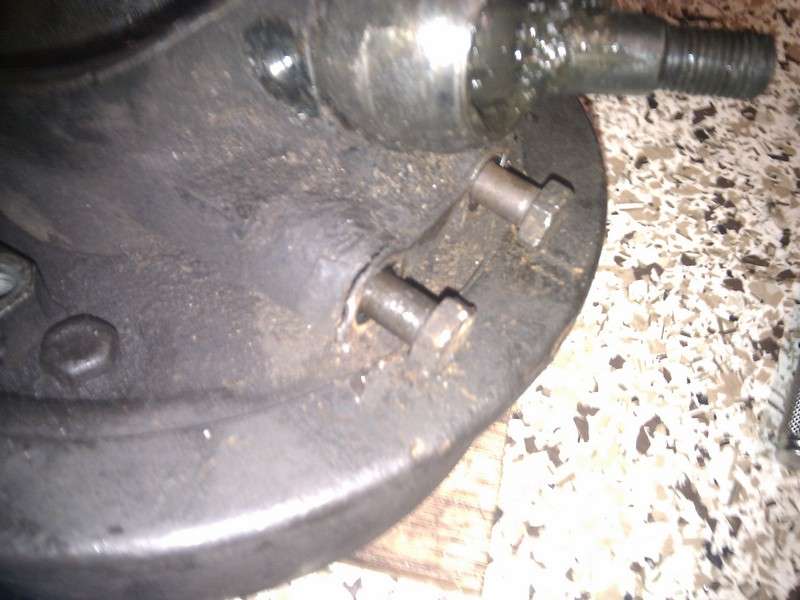
^Next remove the old steering arms from your old drum hubs. The arms go with the rack in your car. My kit came with new arms but my alignment would be significantly out if I used them. It is safer to use your old ones.

^Another shot. Don't forget to bend the lock tab down so you can undo them. Use a soft face hammer / mallet to remove the arms from the hubs. I would guess that this is the first time mine had been removed from the factory.
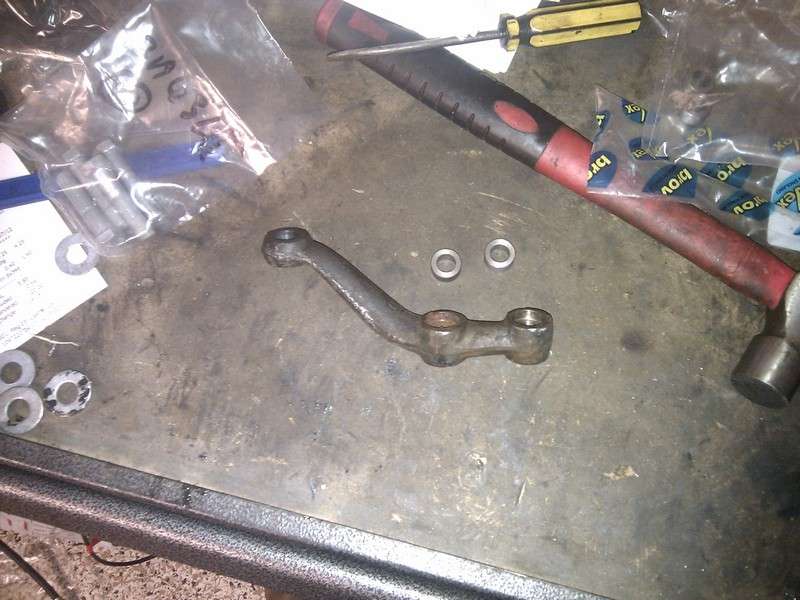
^Arm cleaned up with a wire brush. Note the steering arm locating dowels in the background. These need to go into the arm.
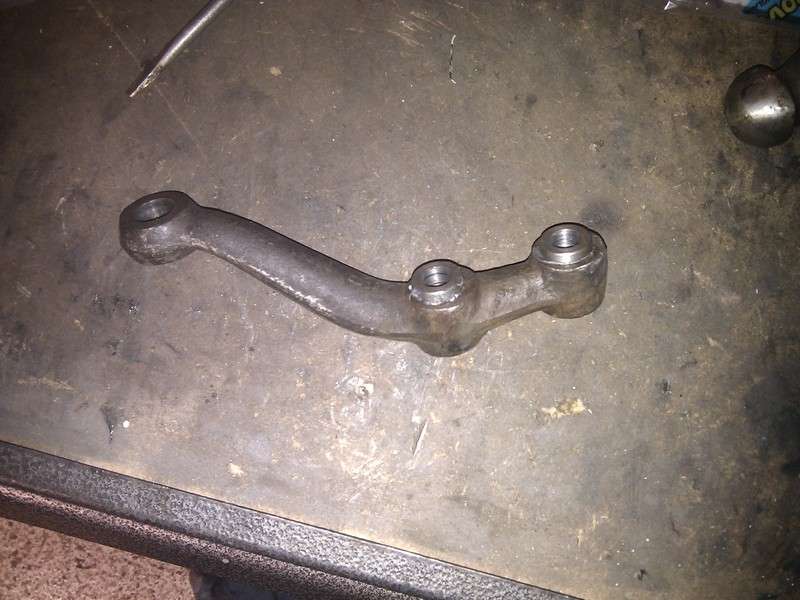
^Dowels installed in the arm.
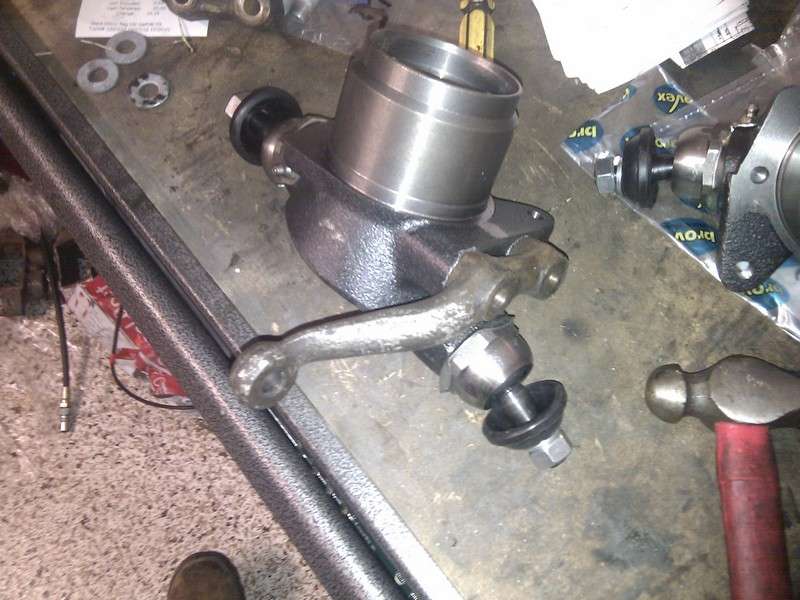
^Install the arm on the new hub. Note I did not use a lock washer. These need to have some kind of locking device installed on them.
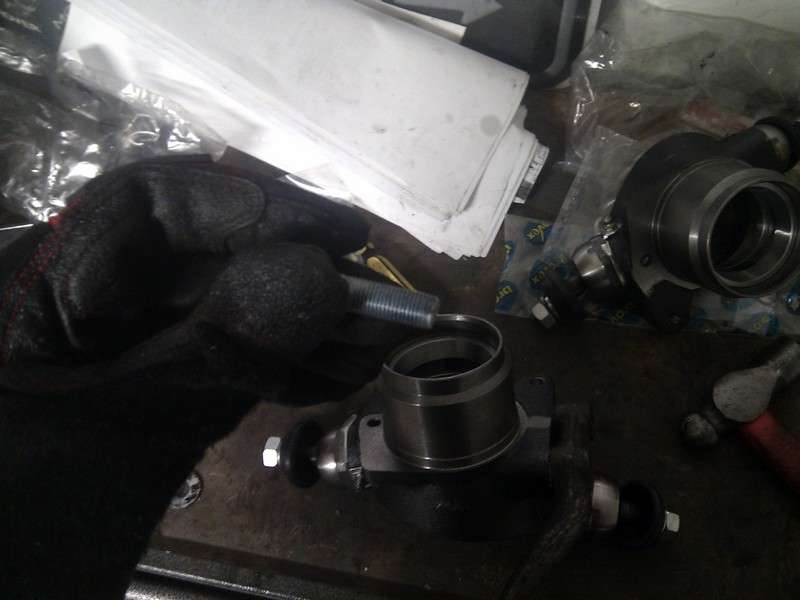
^I instead used a thread locker on the threads instead of a locktab on account of locktabs aren't as good as they used to be IMHO. Don't reuse the old ones.
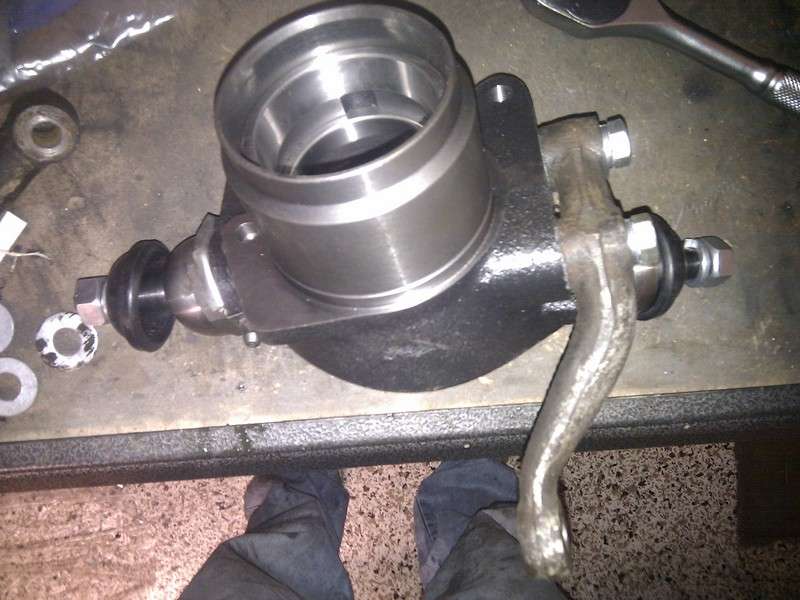
^Everything now assembled up (note the ball joint lock tabs are bent over).
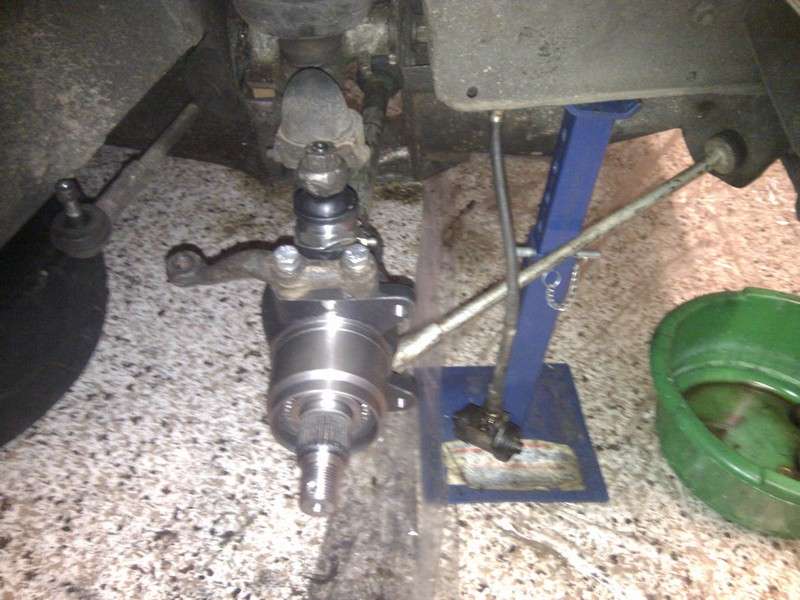
^Followed Dr mini's advice (
http://www.ausmini.com/forums/viewtopic.php?t=40640) and assembled the hub up with the bearings and spacer (no seals though) and checked for free play.
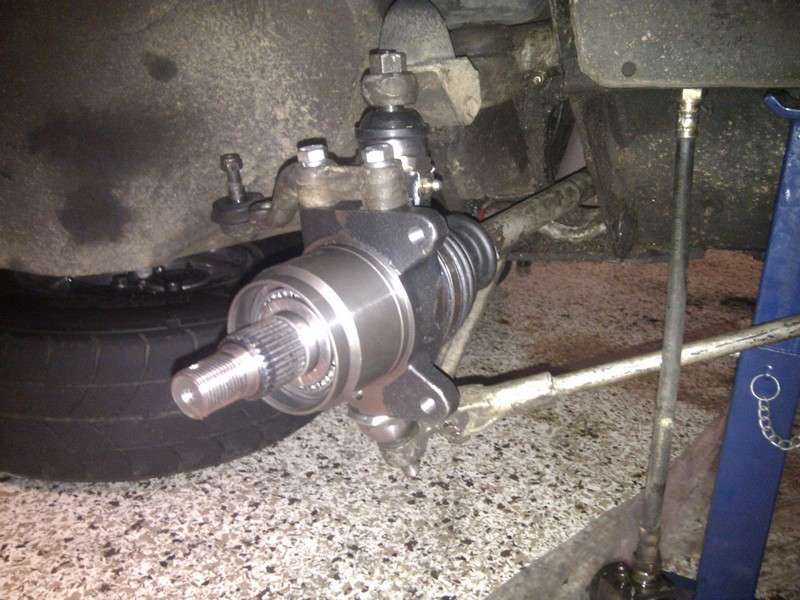
^Another shot of it assembled up.
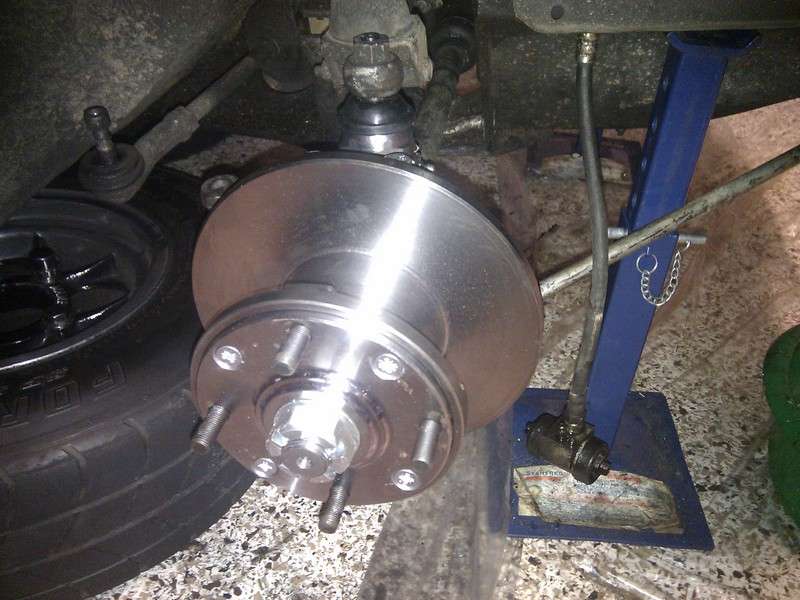
^One with the drive flange / disc attached. This is the point where you measure with dial gauge indicator.
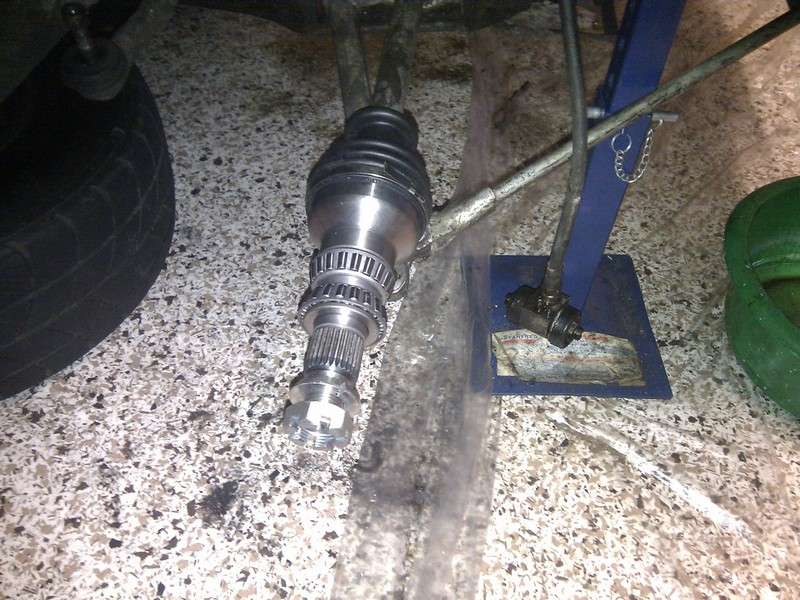
^This is how the bearings run on the CV once it is all assembled up (when you can't see it).
I won't go into the process now - read the Dr's
how to.
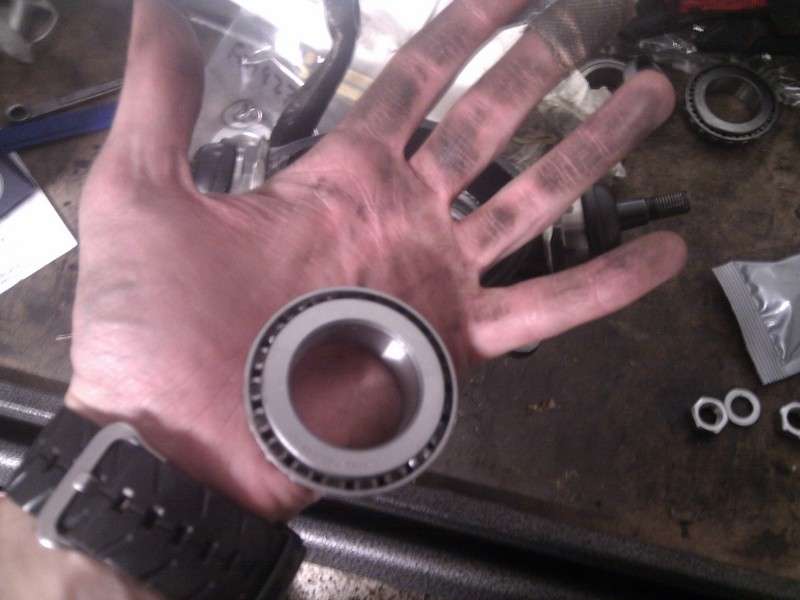
^Next I packed the wheel bearings. I work the wheel bearing around on my hand into the grease.
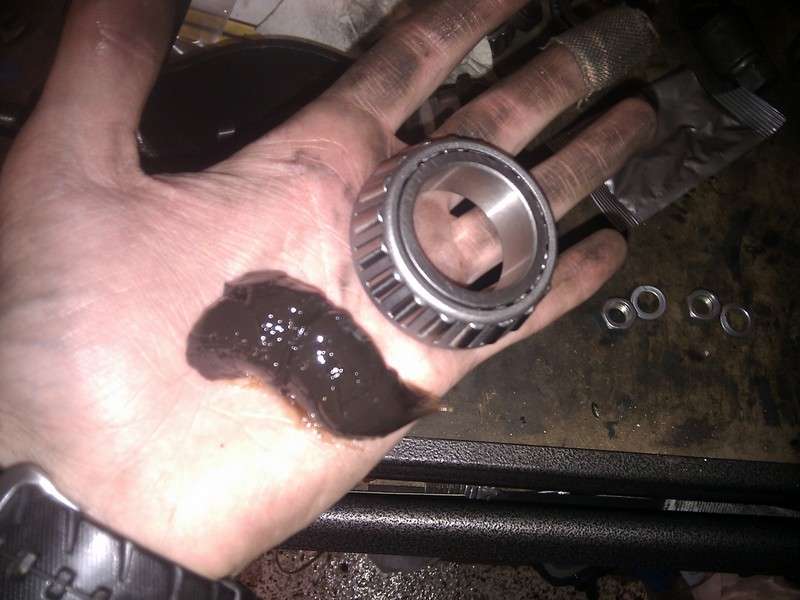
^I position the HTB grease in my hand like shown above and work the bearing around in a circle between my thumb and index finger of my free hand. See this video for explanation:
http://www.youtube.com/watch?v=akh0WhkudrM&feature=related - see also:
http://www.youtube.com/watch?v=2qukEDS0uZY for mini wheel bearing explanation. I prefer to use the palm of my hand method for packing bearings.

^Pack the first bearing, place it in the already installed outer race and install the seal using the socket / punch etc you used before. Don't forget the seal with the lip around the edge faces outwards from the hub and goes on the back (points towards the motor when assembled). Don't forget the little plastic white bit. Do this for both hubs and don't forget the spacer that goes inbetween.
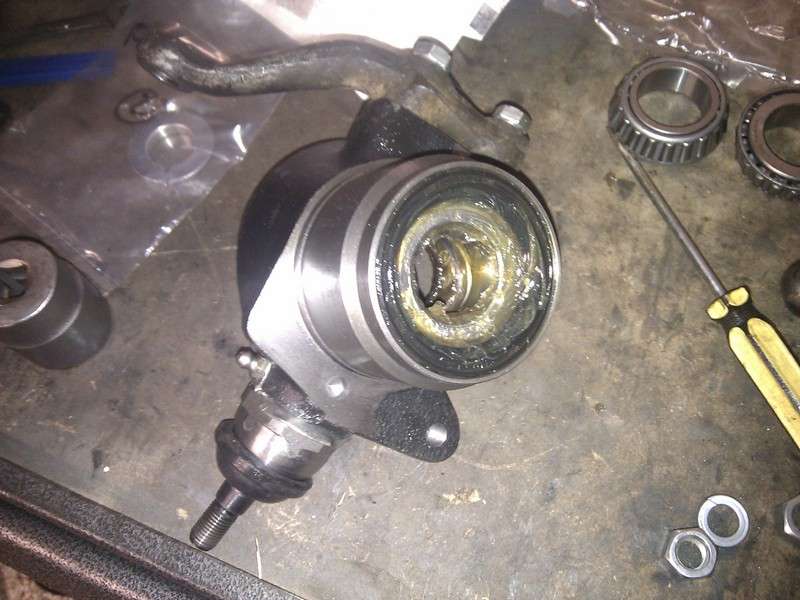
^Lots of grease (HTB) and ready to go.
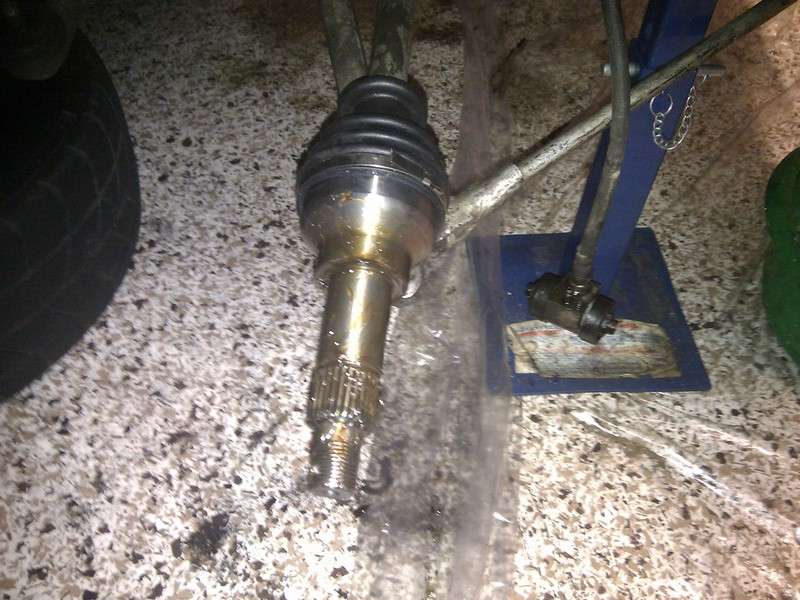
^Reinstall the driveshaft into the car and grease the spline and where the bearings will run.
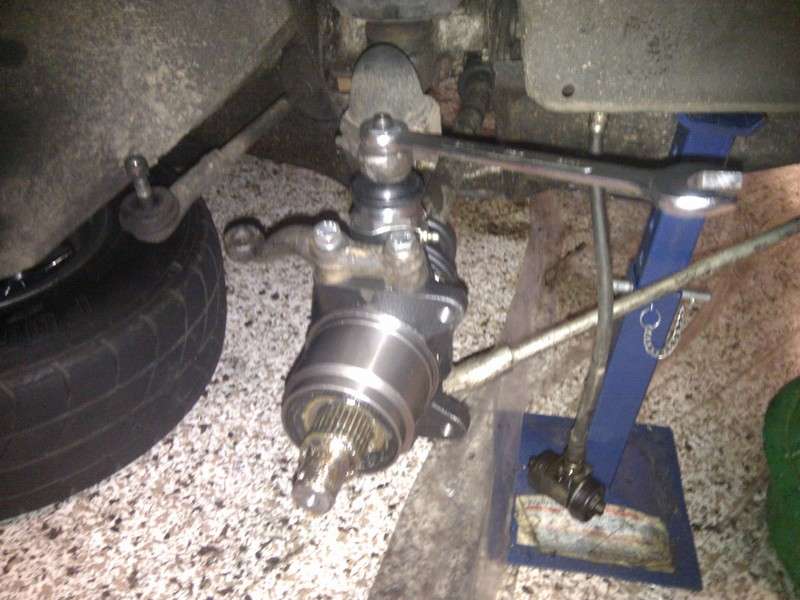
^Install the hub - you may have to wiggle / use your fingers to thread the CV through the bearings and spacer. Do up the ball joint nuts with a 11/16 socket / spanner and also do up the steering arm to rack one.
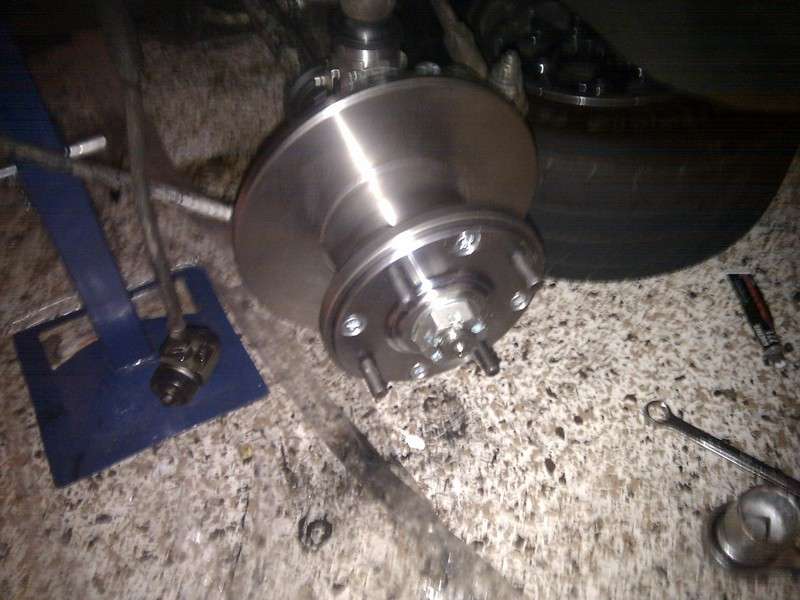
^Install the driveflange / rotor onto the spline. You will probably have to slightly twist the drive flange / rotor back and forwards against the CV to get the splines to engage.
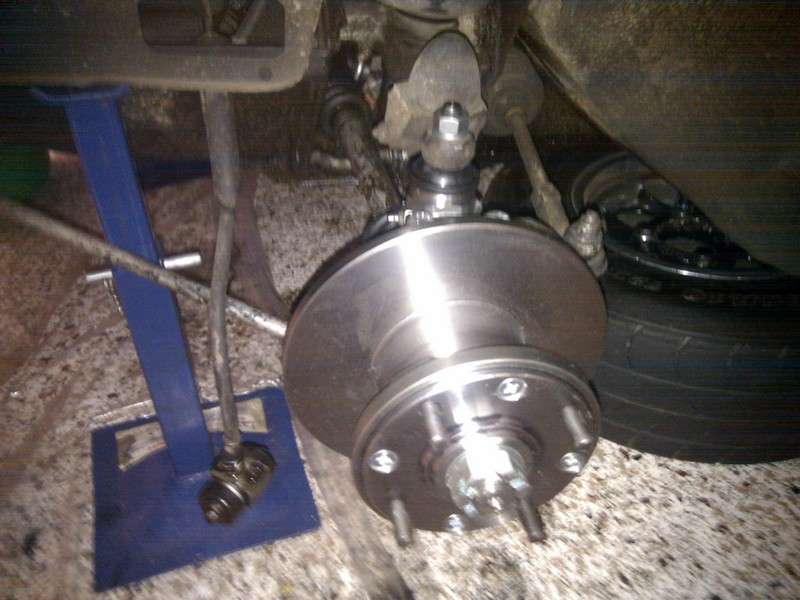
^Another shot with the conical washer and nut on.
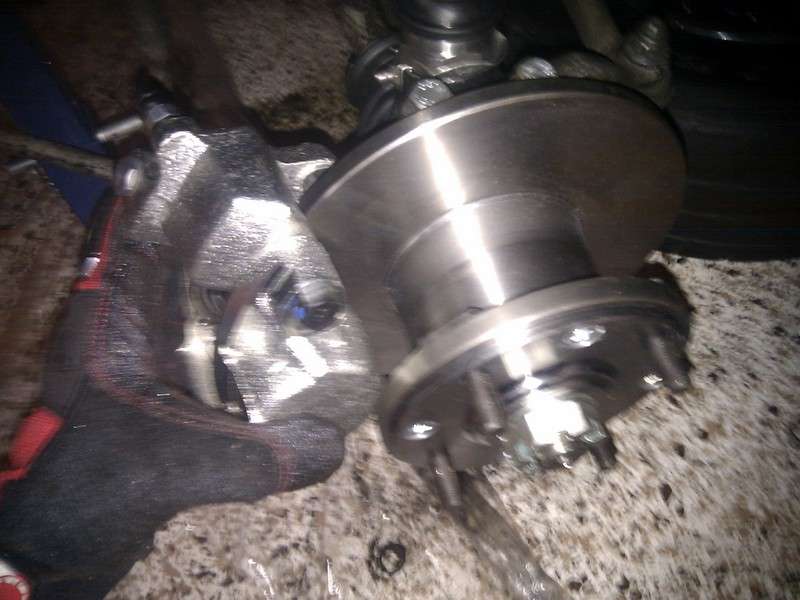
^FOR THE LOVE OF GOD I HAVE NO IDEA HOW MANY TIMES I HAVE READ ON THIS FORUM ABOUT PEOPLE NOT THINKING ABOUT THINGS BUT THE BLEED NIPPLE GOES AT THE TOP OF THE CALIPER BECAUSE AIR RISES IN FLUID! DO NOT INSTALL THE BLEED NIPPLE FACING DOWN. Note the nipple is facing up. Change your brake hoses at this point to disc ones.
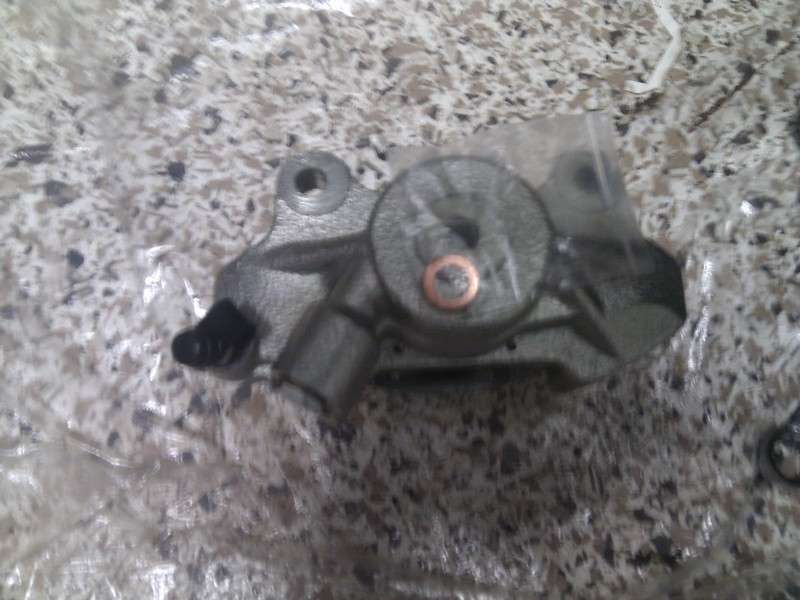
^Don't forget to add the copper washer between the brake hose and the caliper. You will need to twist the caliper onto the brake hose.
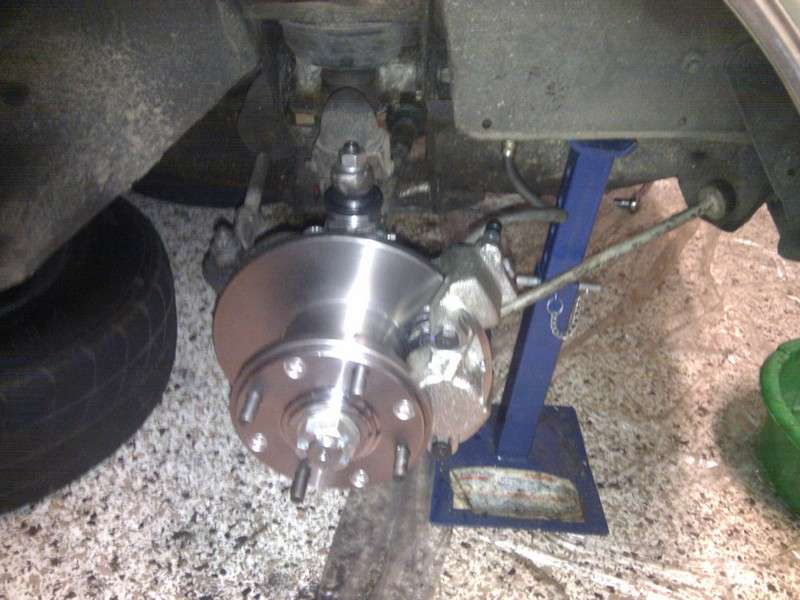
^All installed up. Note I hadn't fixed the brake hose at this point in time - its path should be straight and smooth. Clean the disc with drum/disc rotor cleaner followed by installing the pads into the caliper and bending over the split pins. New split pins these days are made of swiss cheese so if you have some welding rod or something lying around that is much stronger use that instead. The pads in these calipers WILL come out the front unlike many newer calipers.
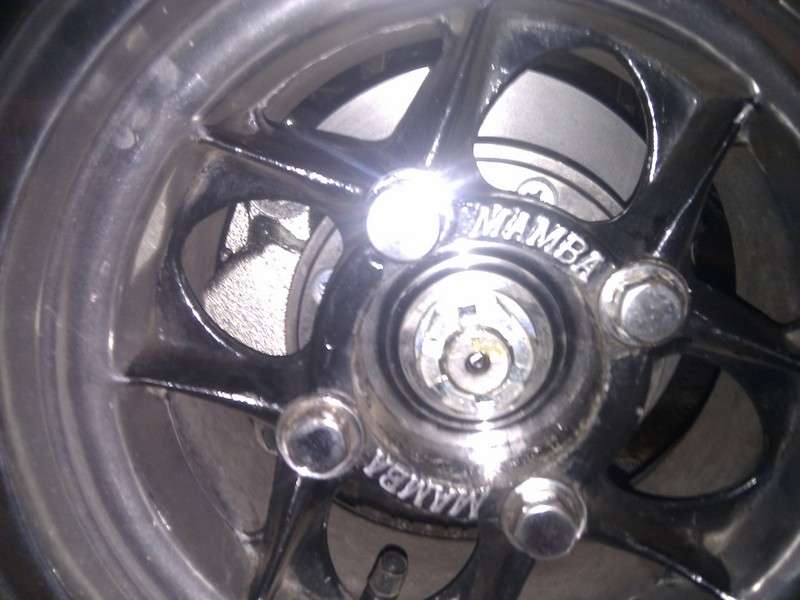
^All fitted up and looking mighty sexy. Note - no split pin fitted yet.
This is the last picture I took because the rest is pretty simple. I bled the brakes starting at the passenger rear, then drivers rear, then passenger front, then drivers front in order to get a pedal.

^I then reinstalled the lower bump rubber under the arm.
I then did the wheel nuts up tight and lowered the car to the ground. I had my busty assistant (the bride) push as hard as she could on the pedal while I applied as much of my beefy (ha!) frame as I could to the 3/4" drive ratchet hanging off of the CV nut. These have to go bloody tight - 150ft/lb but some recommend 192 or 196 ft/lb. Remember to do it up to the torque required and then go to the next split pin hole - do not back it off because it is easier. I then greased the ball joints up fully using the grease gun (I only smeared everything when I assembled it) and cleaned up my mess. I took the car for a bit of a drive and warmed the brakes up followed by a couple of good quick stops. Needs a bit more bedding in but they are getting lots better. Do a search on here / on the internet for how to run in brakes.
I have not covered installing a brake booster (some people swear by them). I thought I would give it a go without the booster first and see how it felt. I like the feel and after driving, I have decided I won't be fitting a brake booster to go with them. It is up to you if you do want a booster. As said, some love them and some don't.
I hope that clears the conversion up for a lot of people. Please note I didn't go into a lot of detail with the steps as there is assumed knowledge that you need. Get your brakes installed professionally if you have no idea what you are doing. Also, please let me know if there are easier ways of doing things as I am always open to be able to do jobs quicker - especially if it involves less messing about with brake fluid (one of my most hated of car fluids).
The discs have ended up heaps better than the drums ever felt and I would thoroughly recommend people changing over from drums if they get the chance and have the cash. I bought a new kit because I thought that would be easier than sourcing a set of old brakes and reco-ing them. It was still a lot of effort to assemble everything but it was nice to work on some car bits that weren't all covered in grease.
Timeframe: I think you could do this conversion in one full on weekend. It probably took me about that long but I was stopping a lot of the time taking photos of things. Some things that can give you trouble / waste a lot of time is: getting brake drums off (occasional), splitting ball joints and removing CV's from the drive shaft. This time frame of course assumes you have all the tools you need to complete the job. I also didn't have to read a manual for every step, just torque settings.
Feel free to add any comments / tips to this thread before it is sent into the abyss of the How To forum.
<edit> Matt Read mentioned the fact to check the drive flange to disc screws to make sure they aren't too long upon assembly. The screws will foul the caliper if they are too long.





